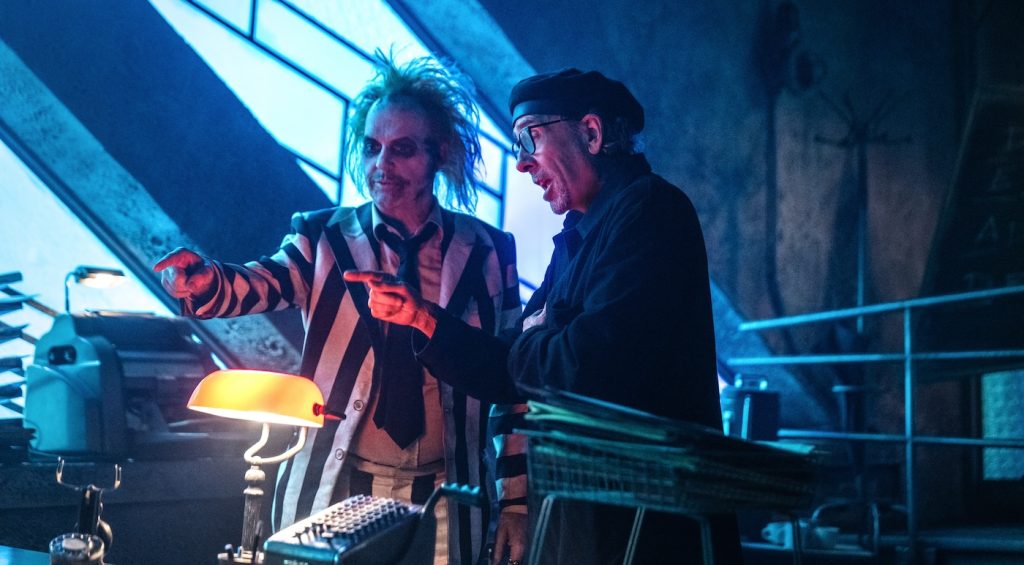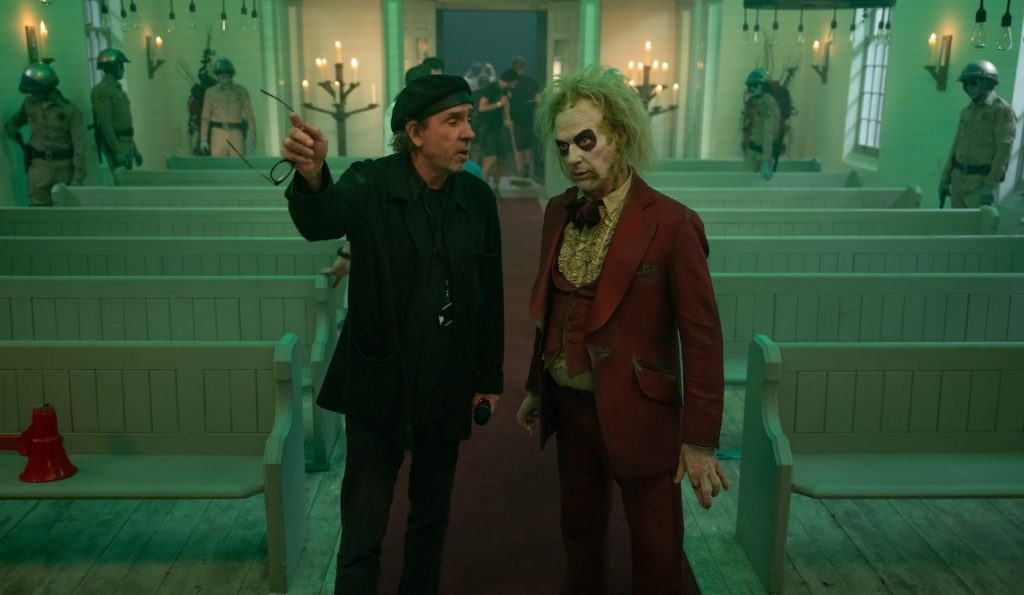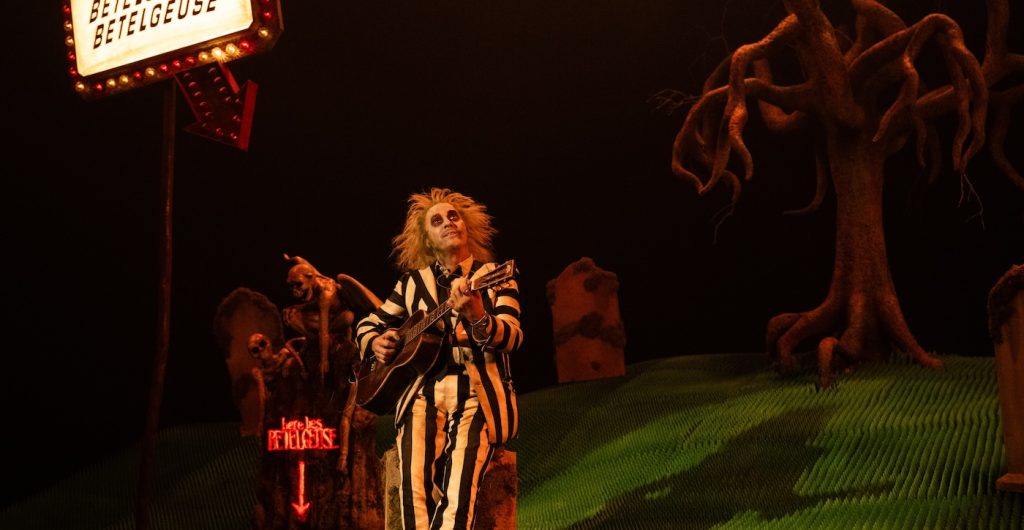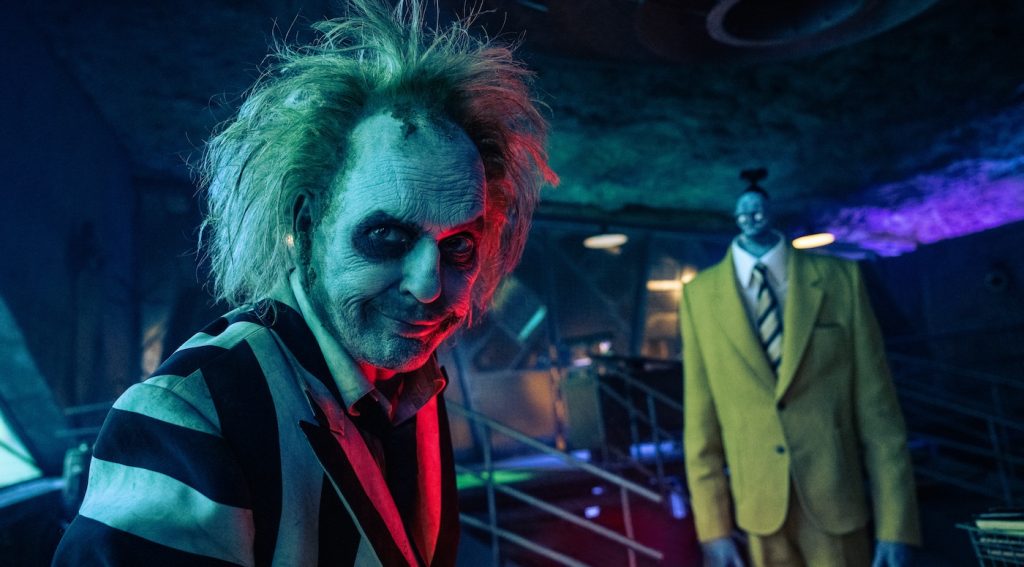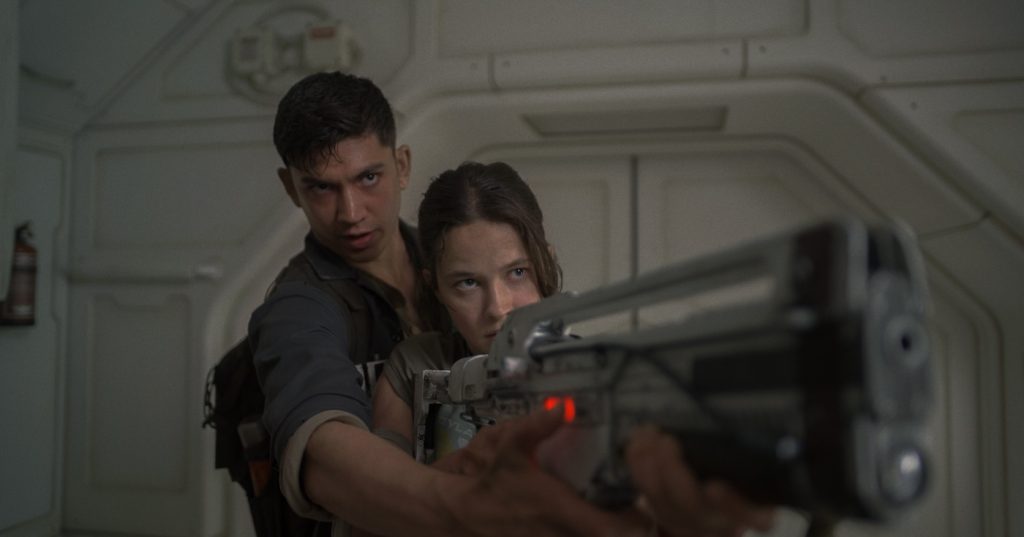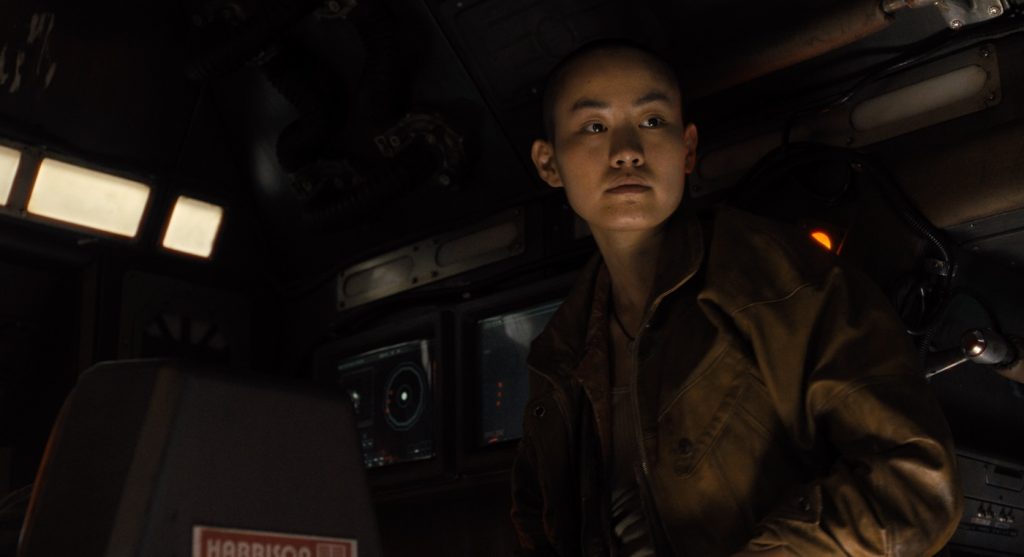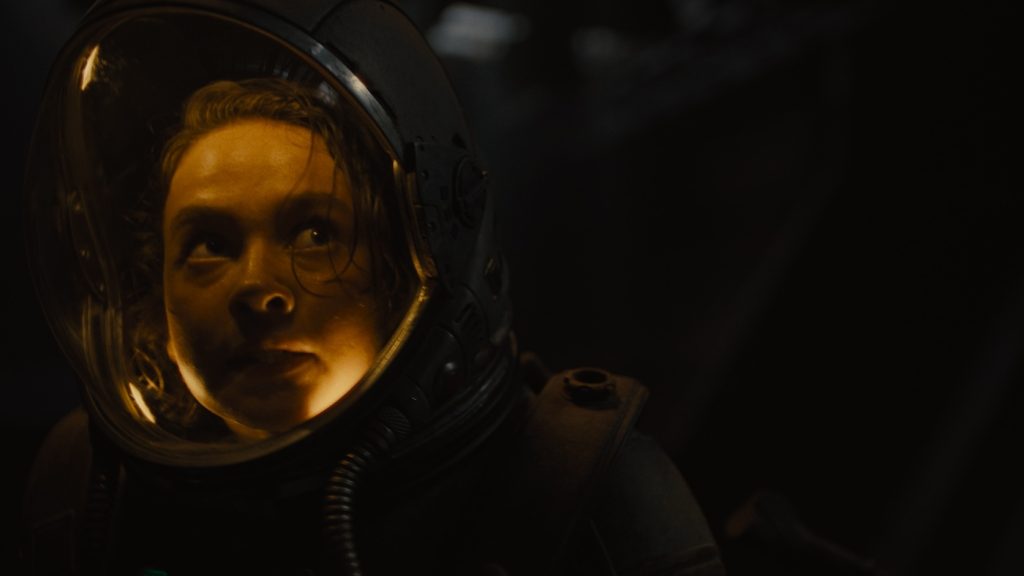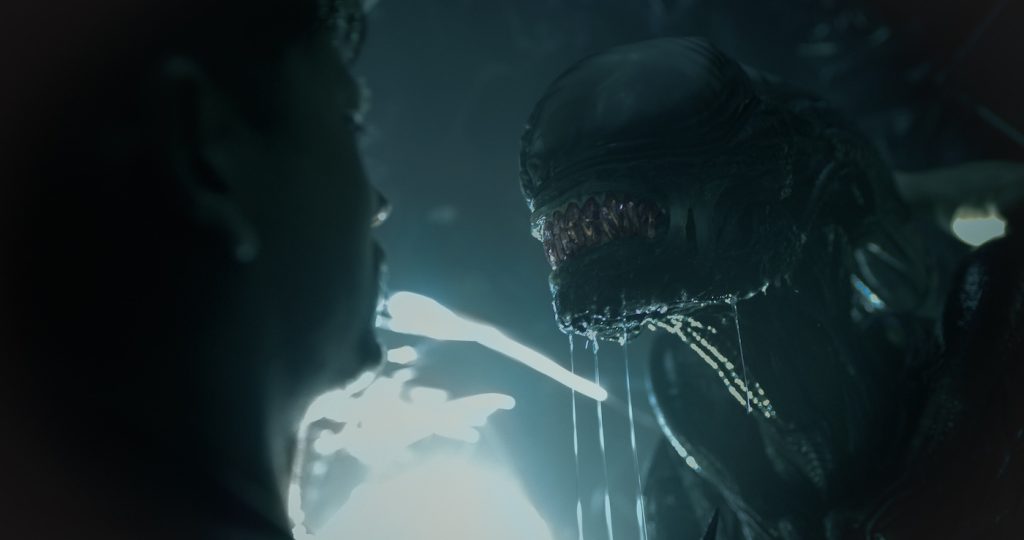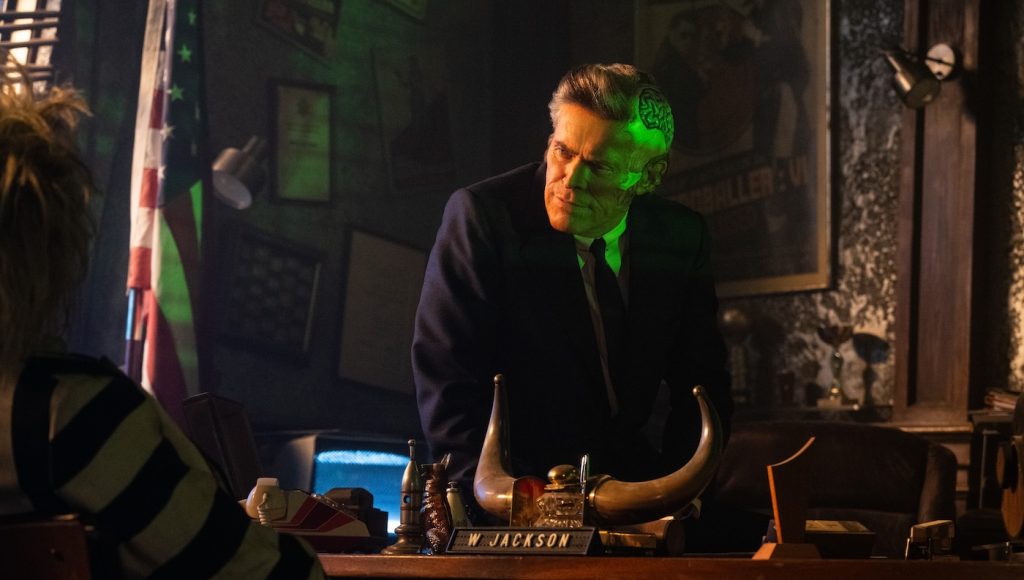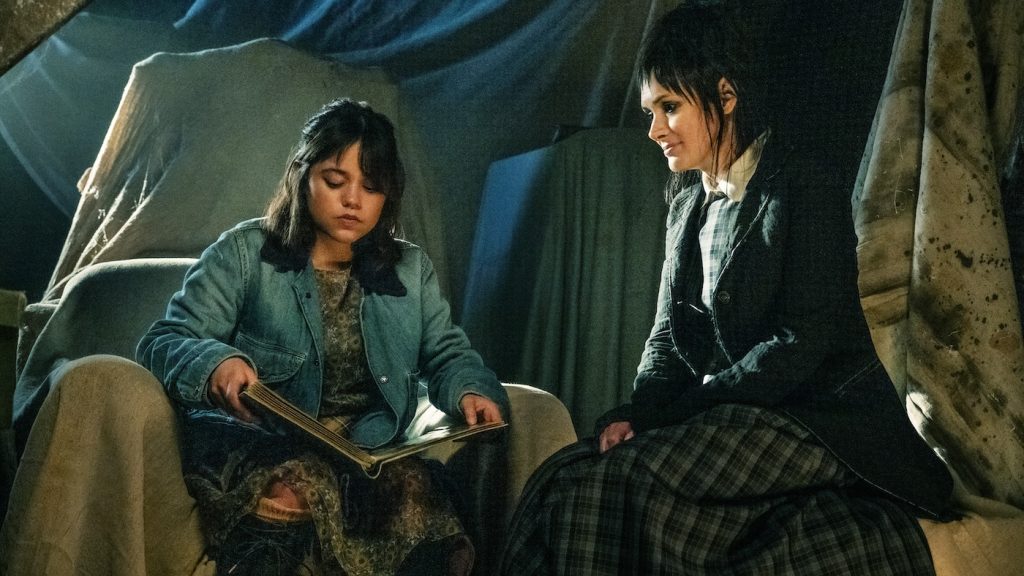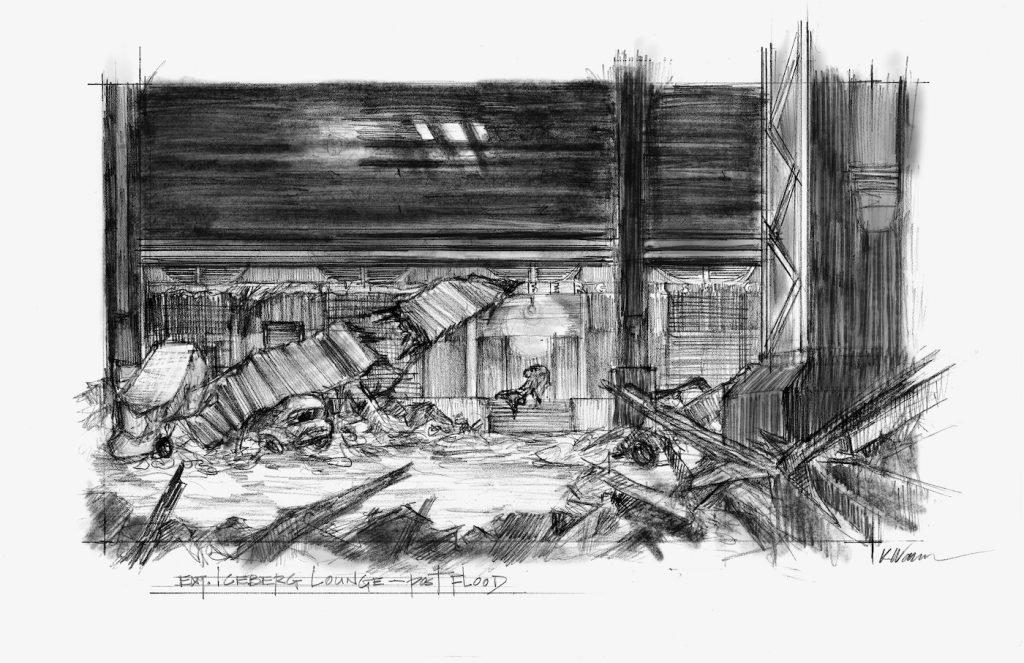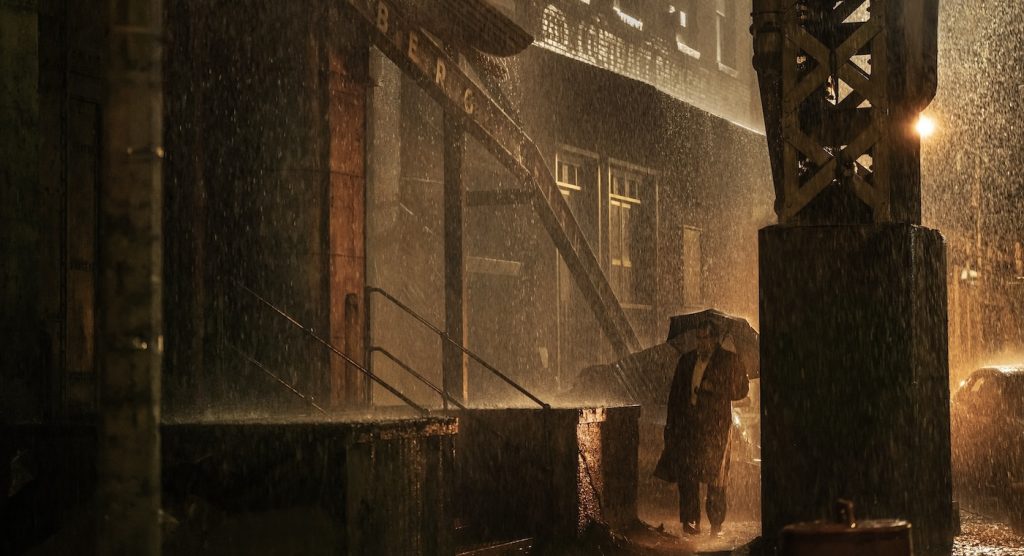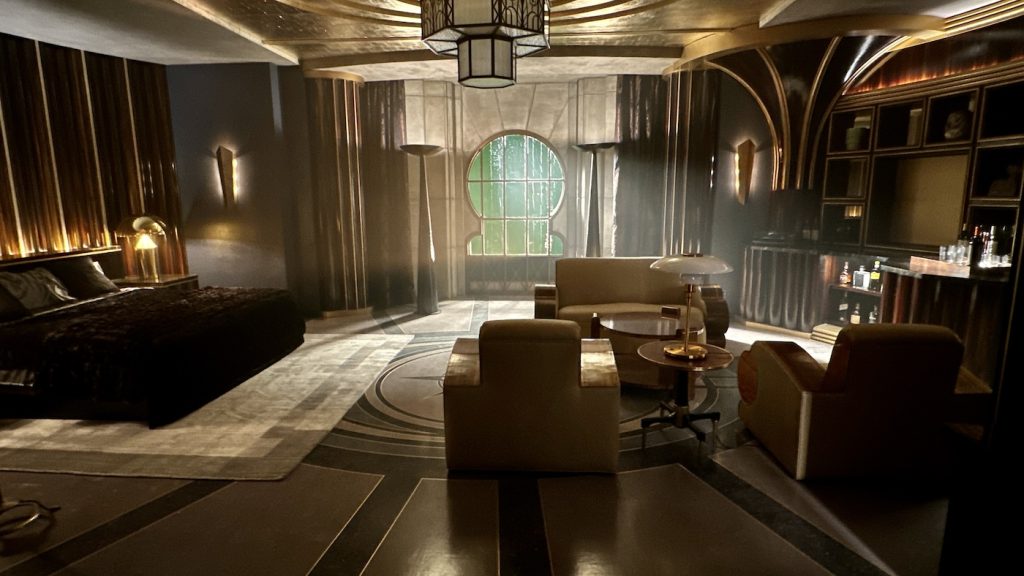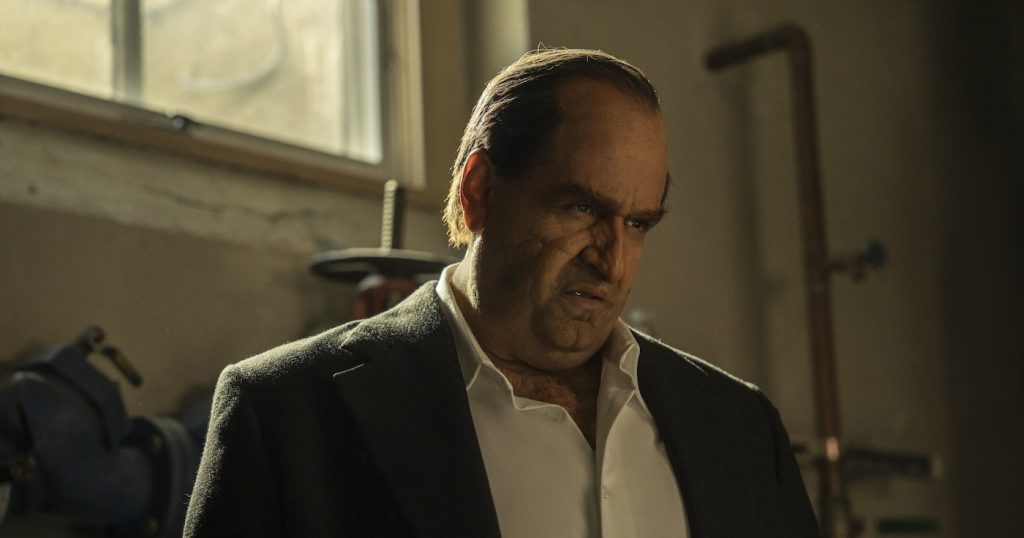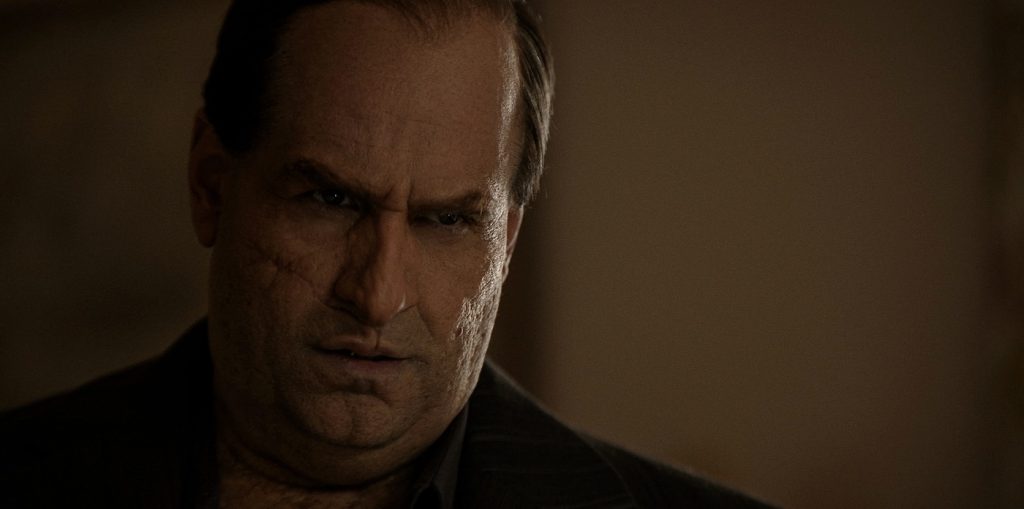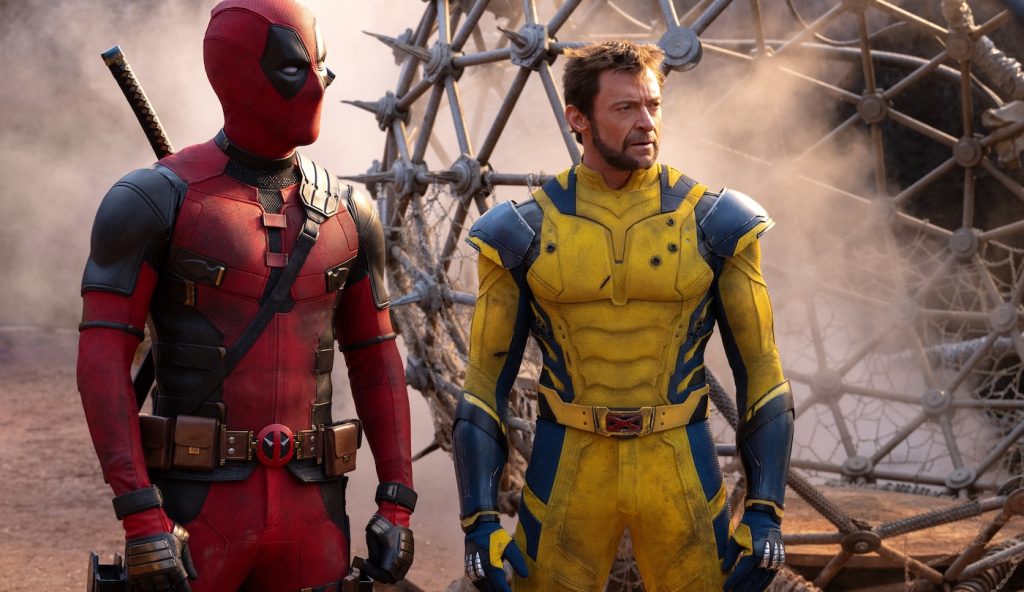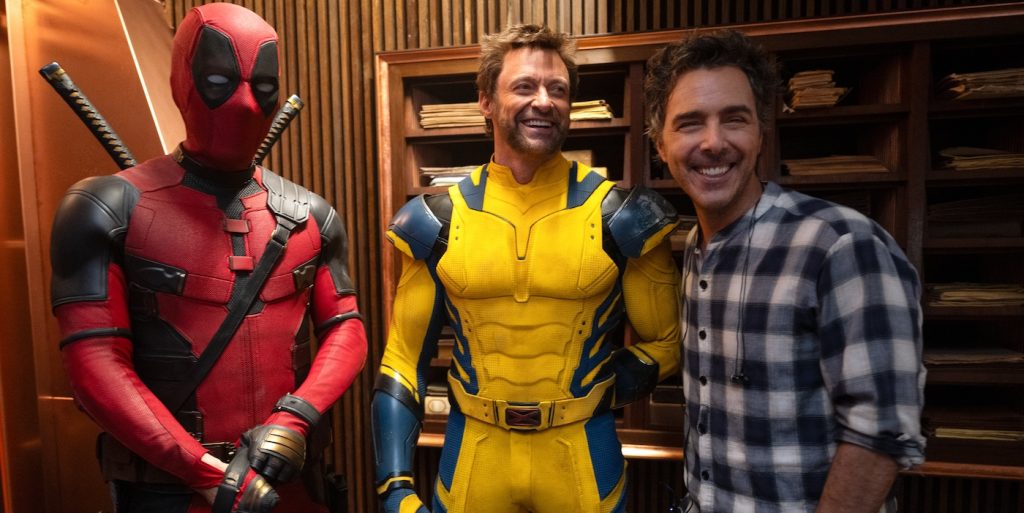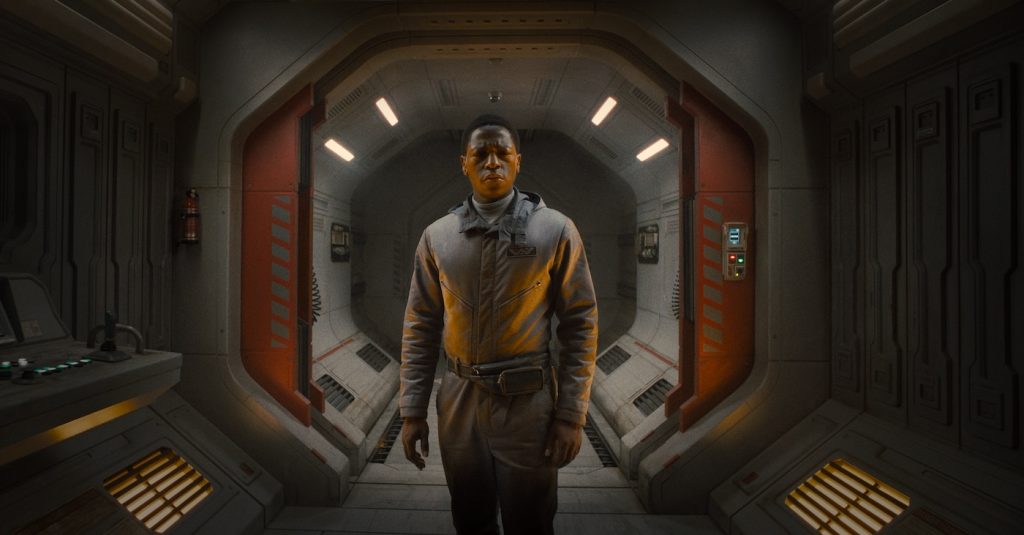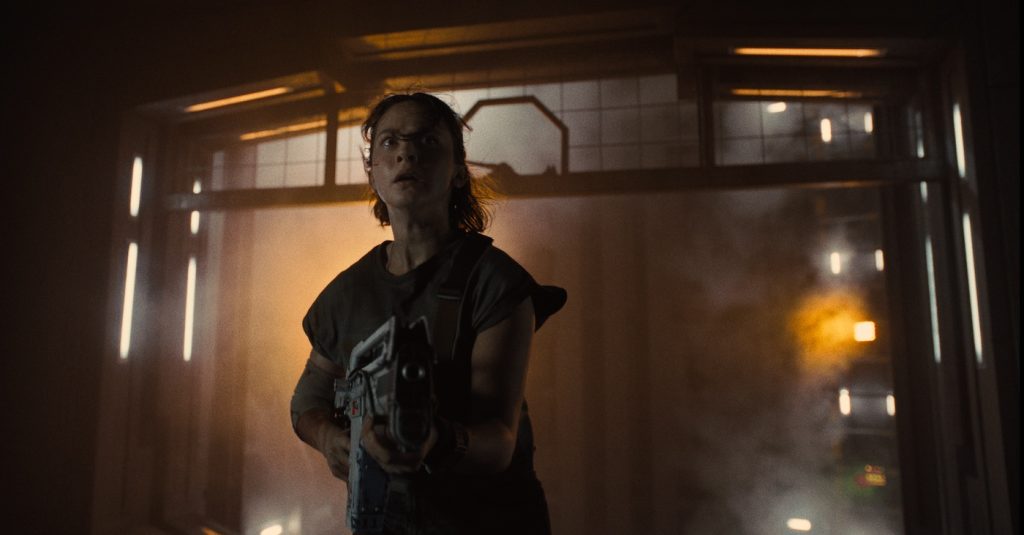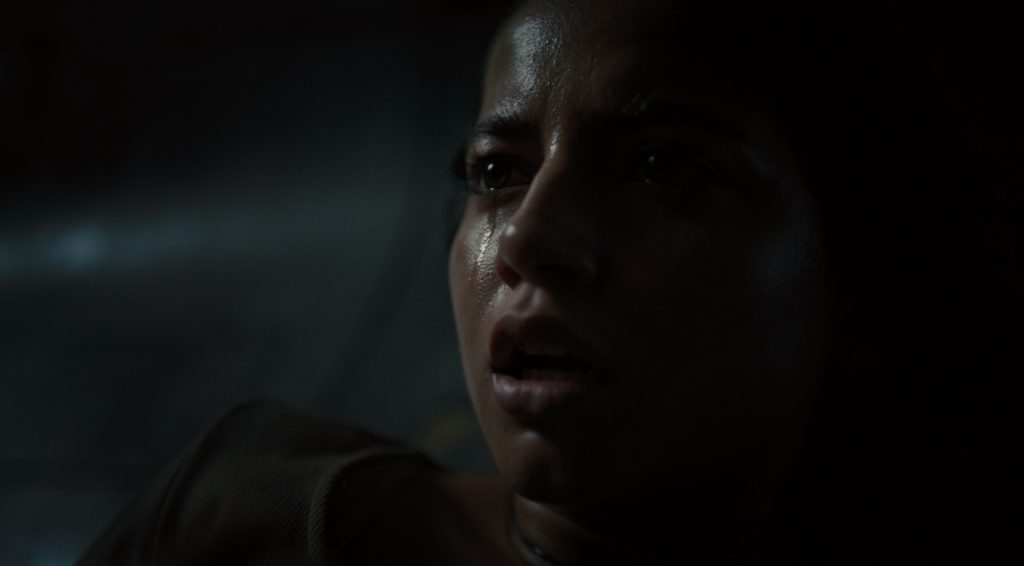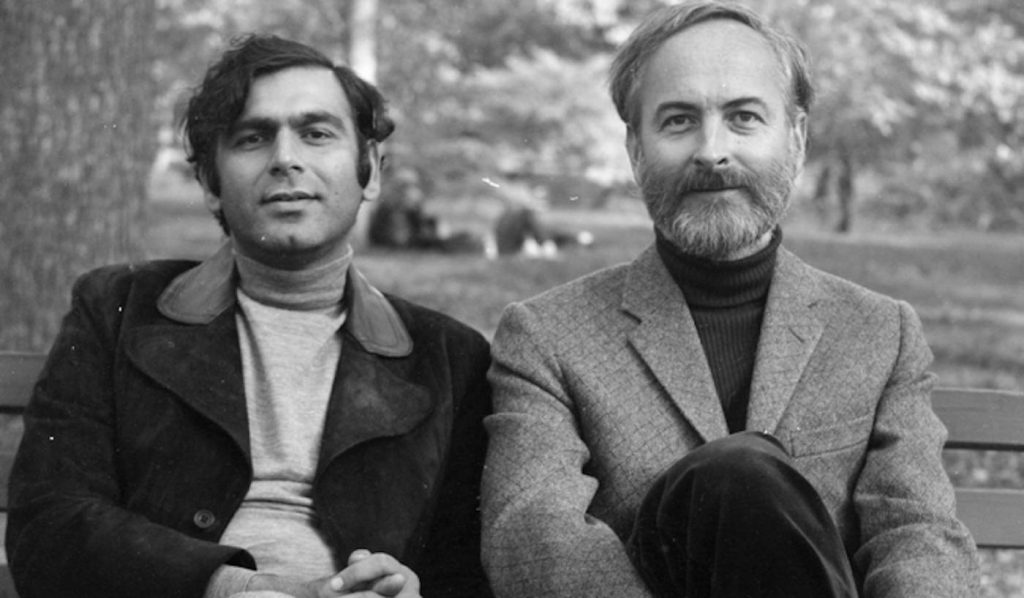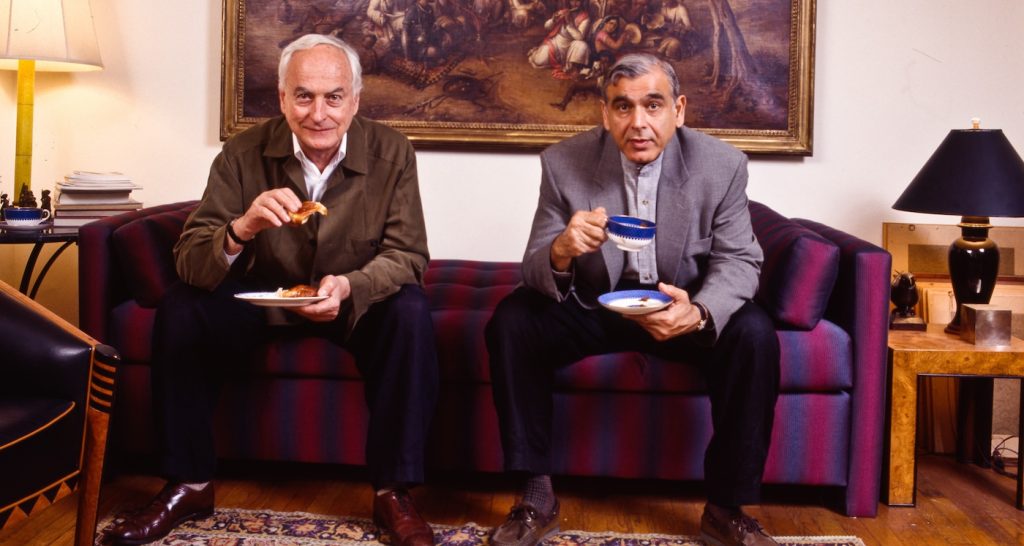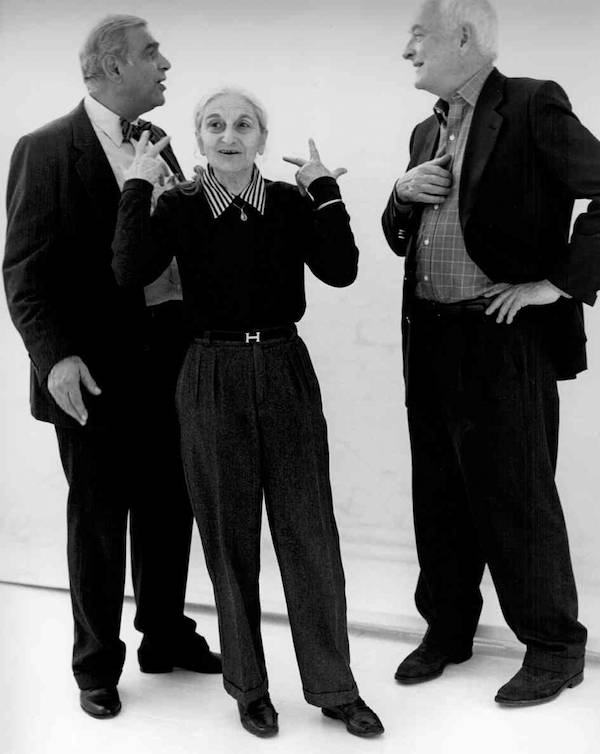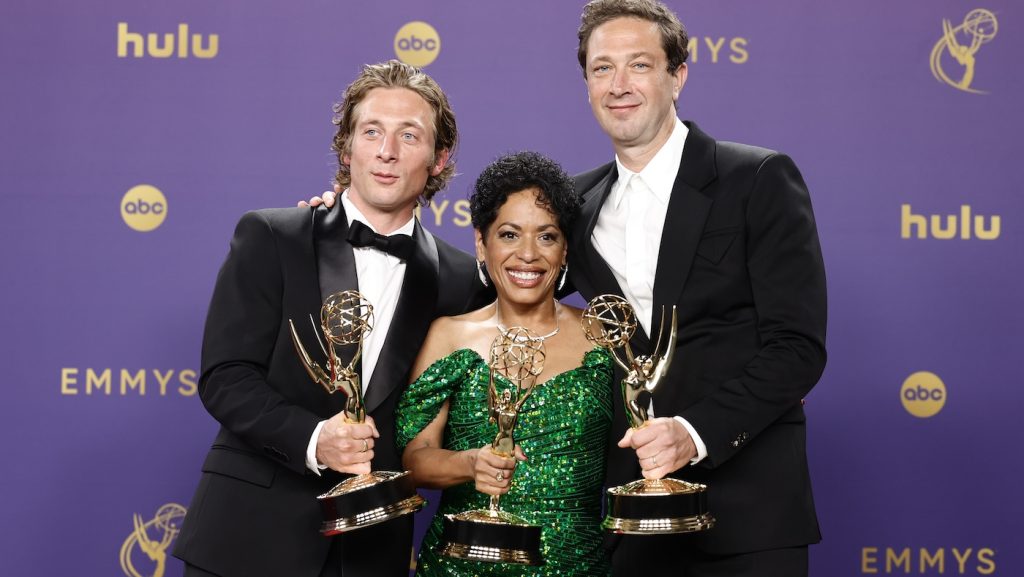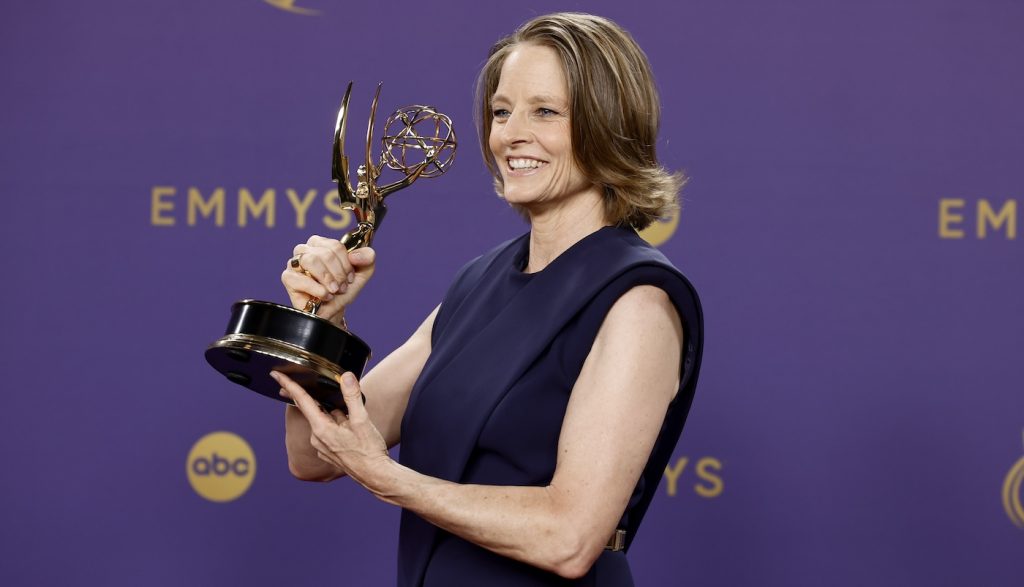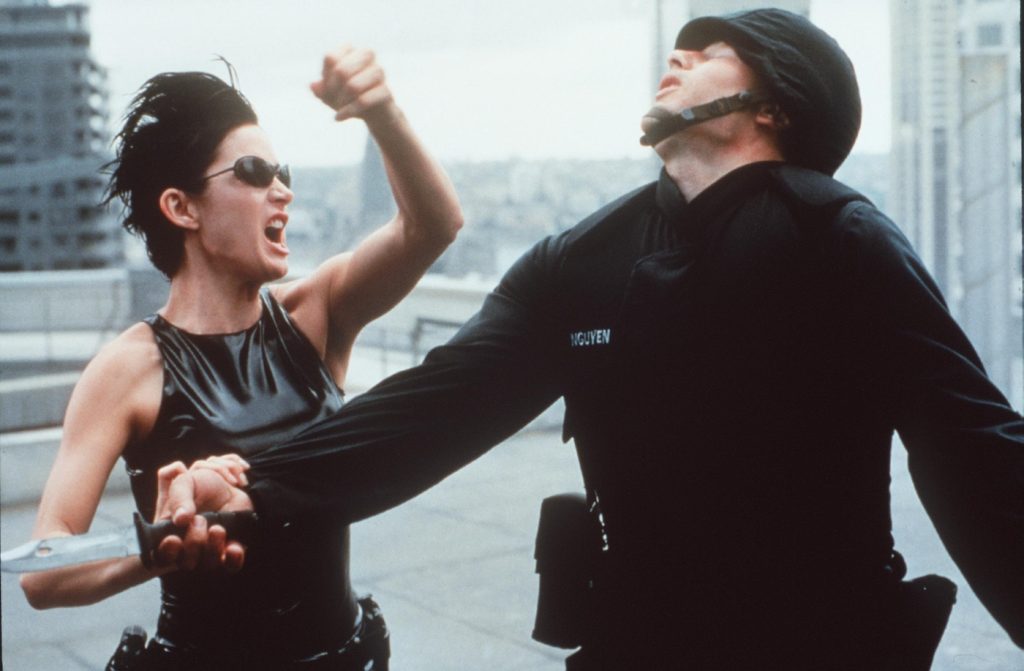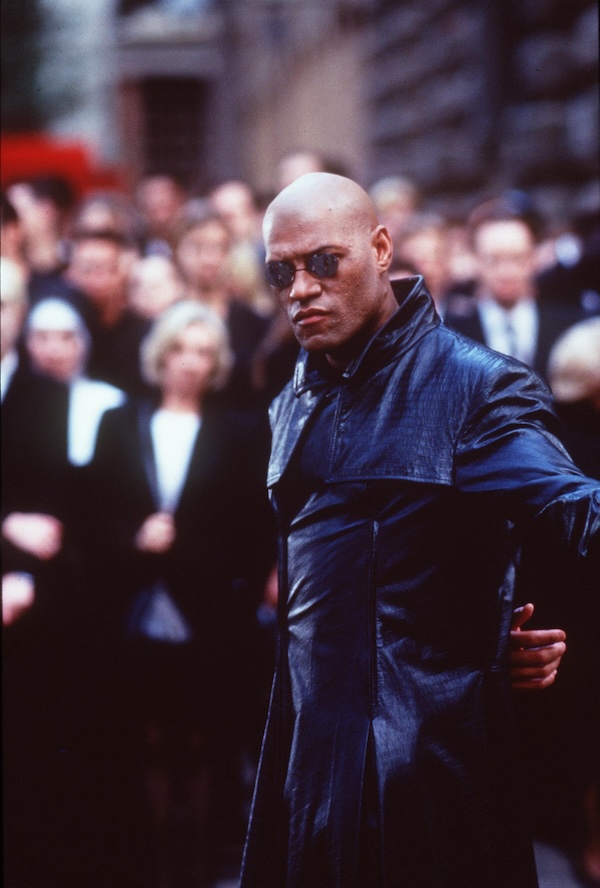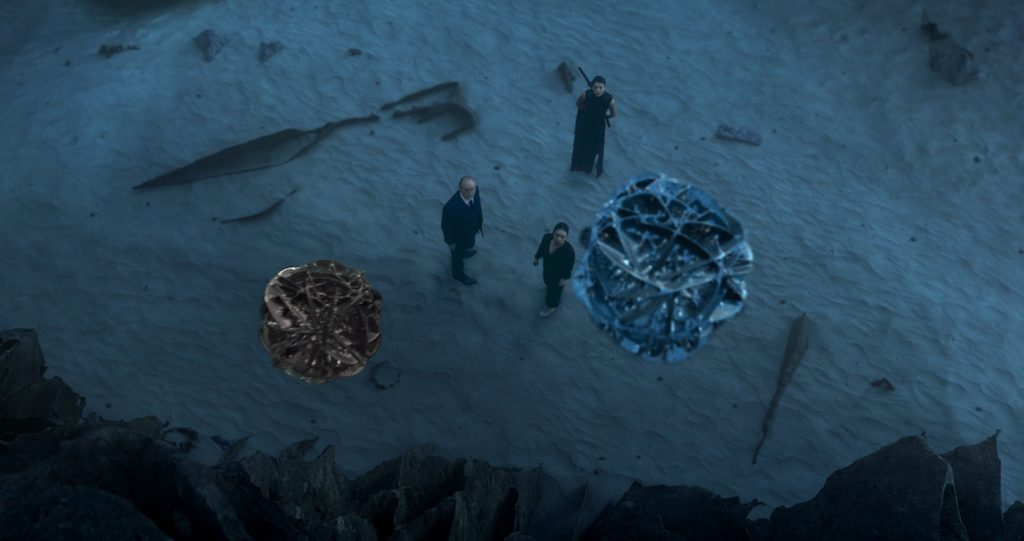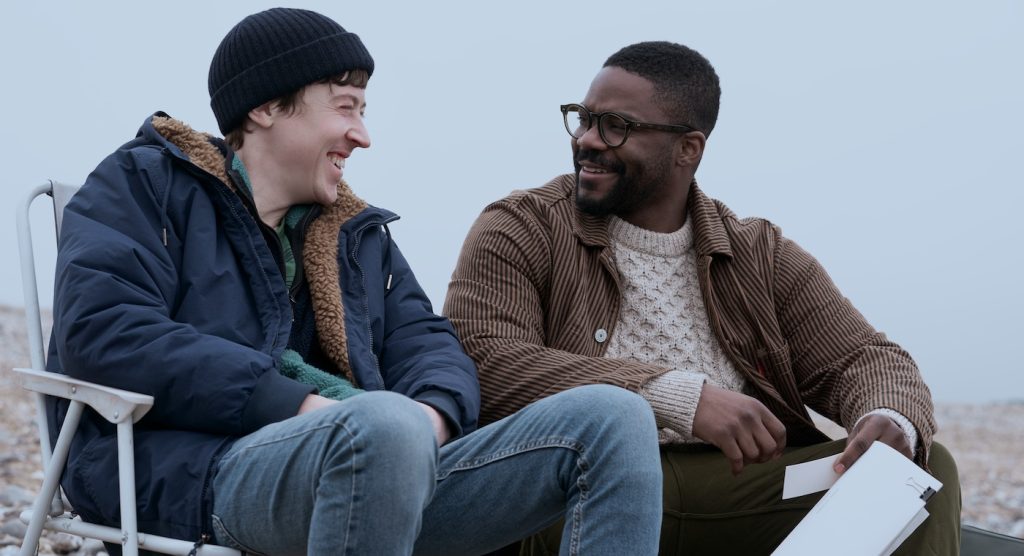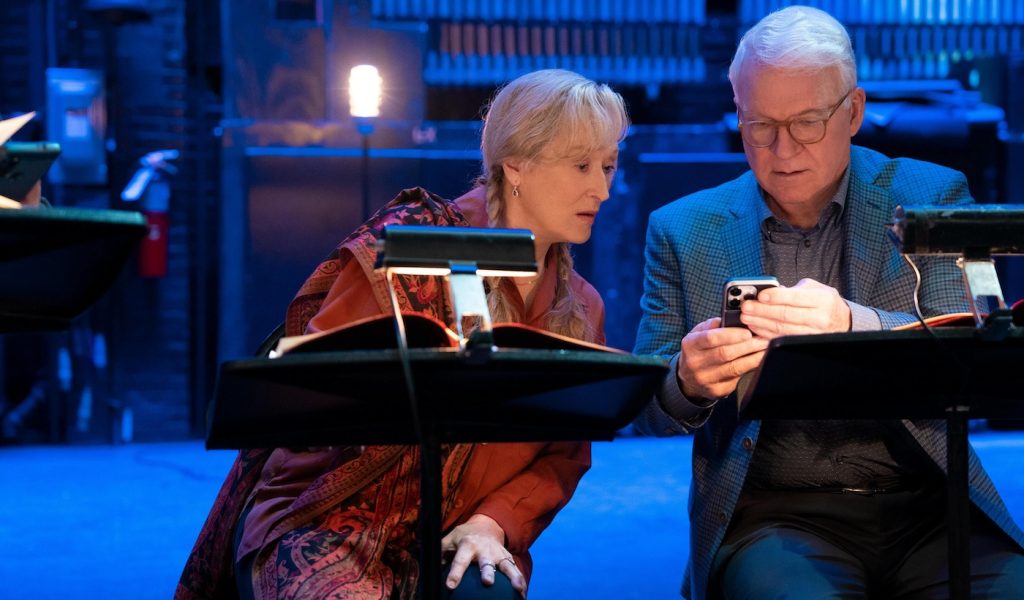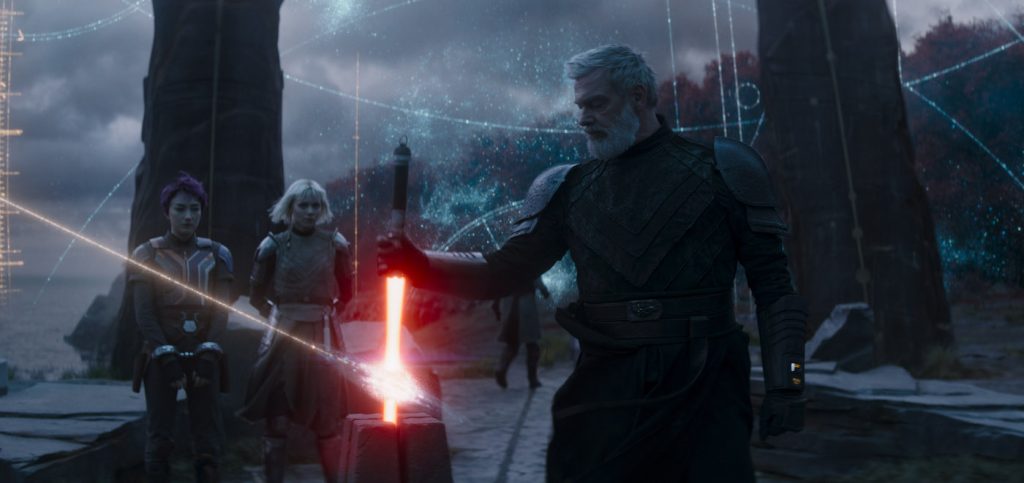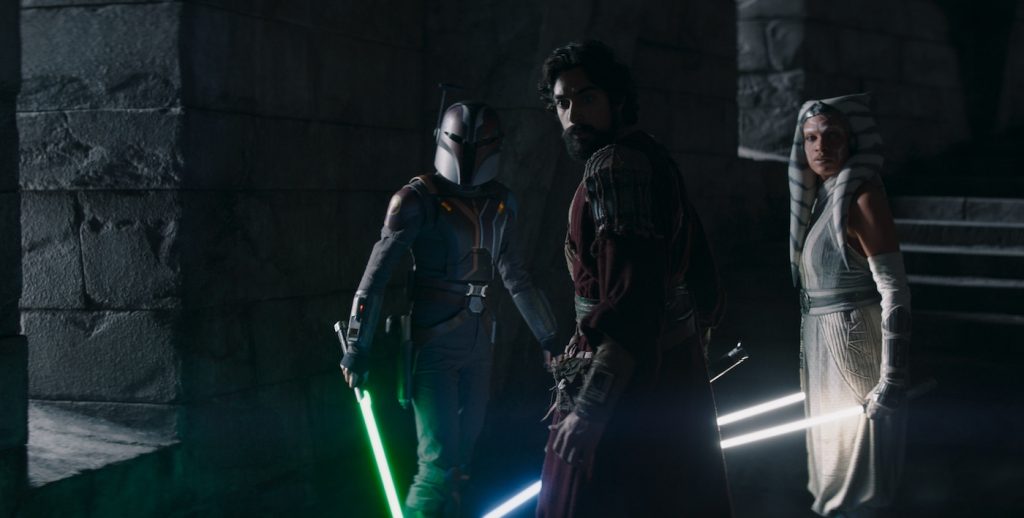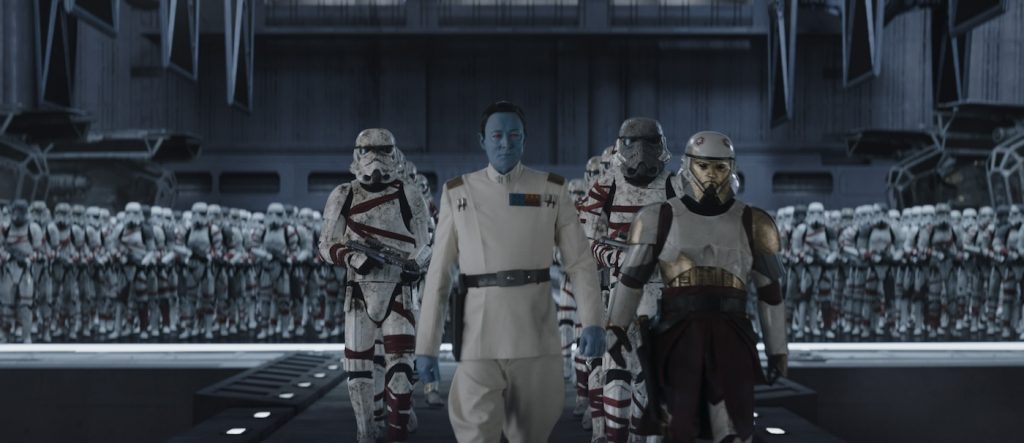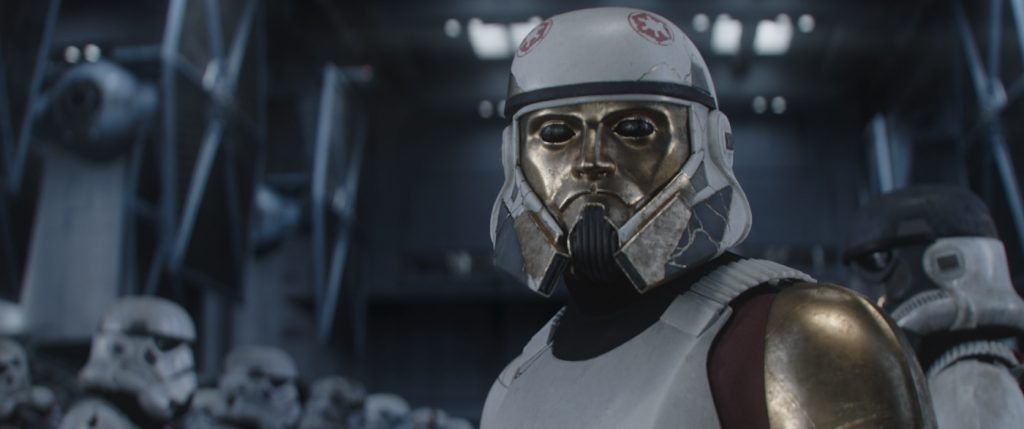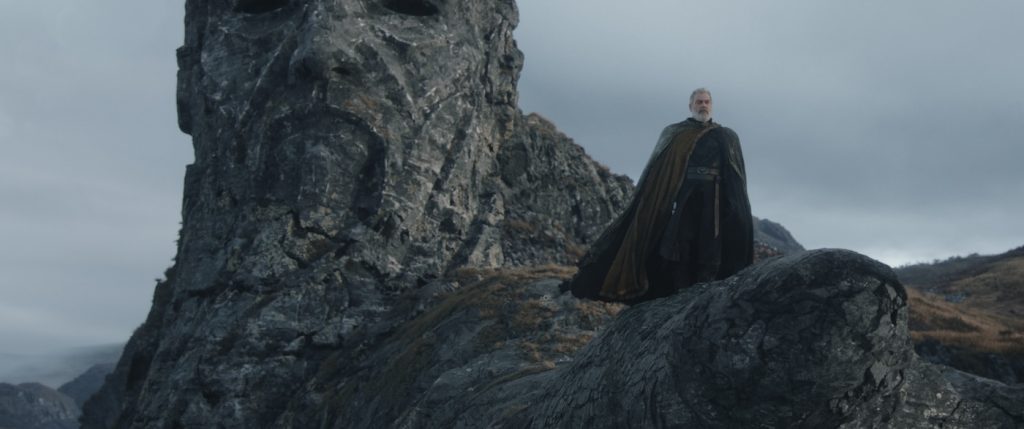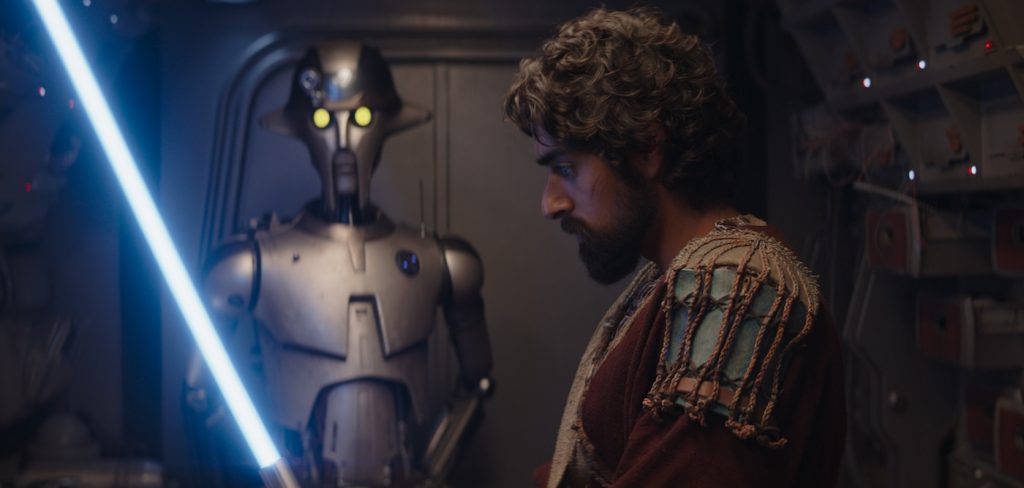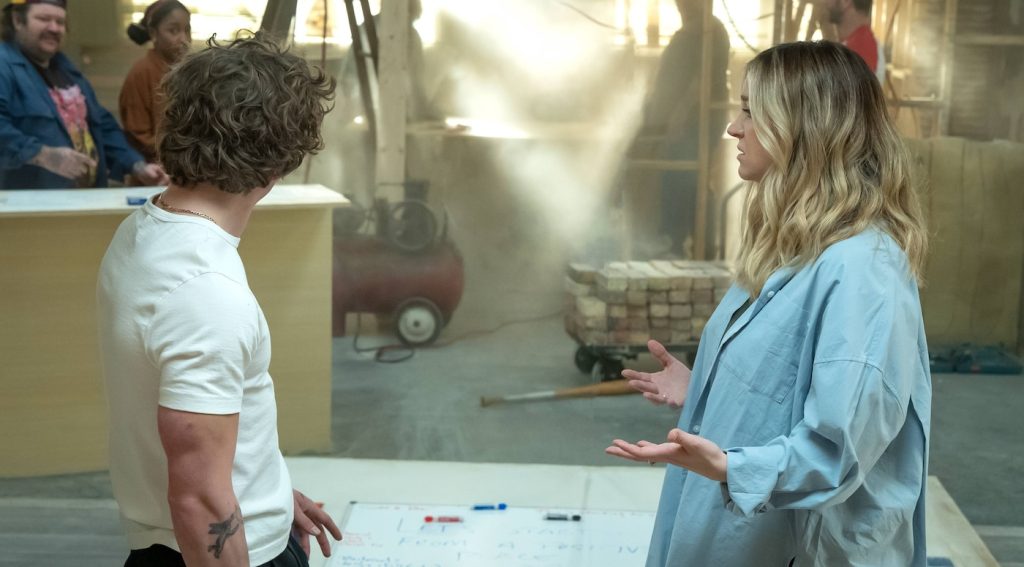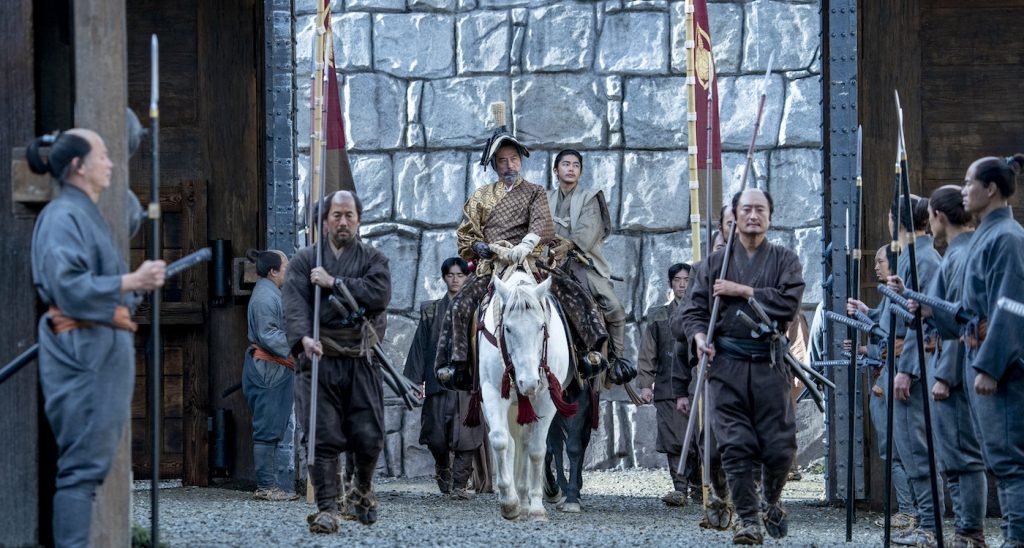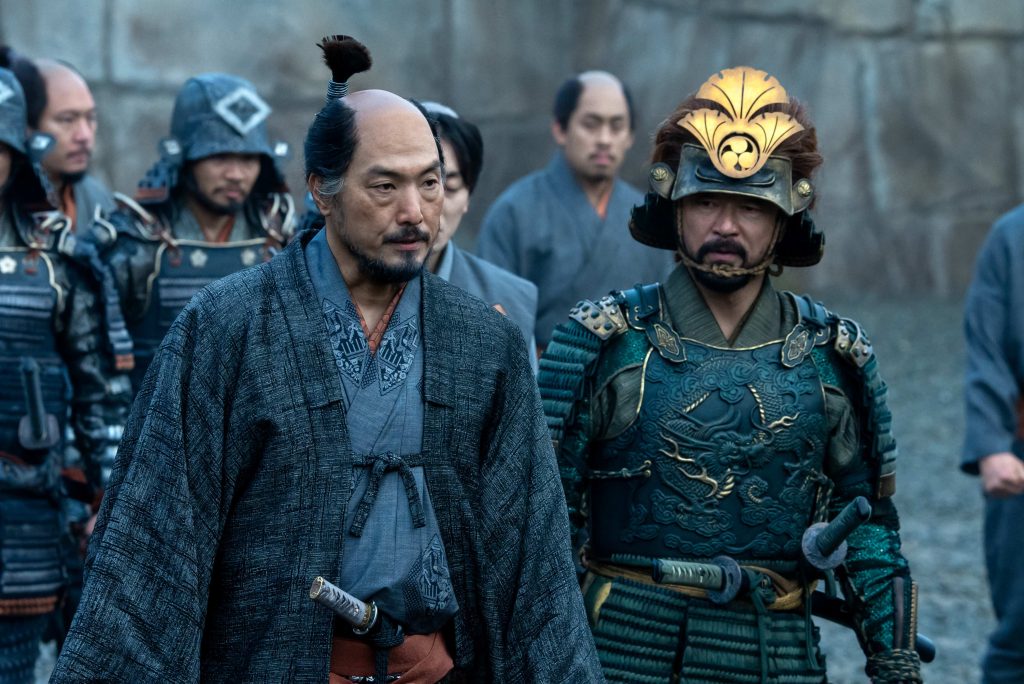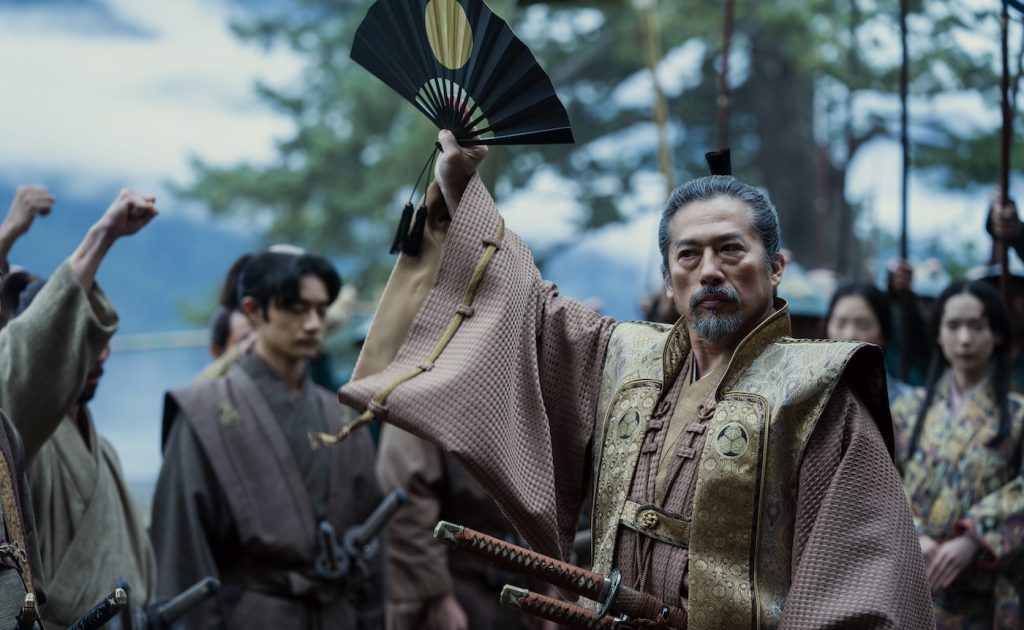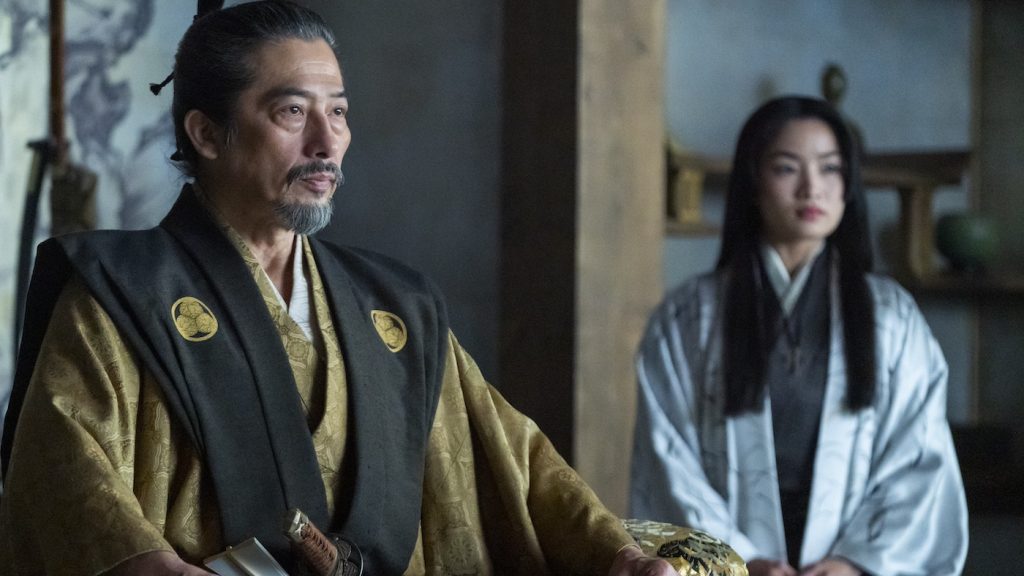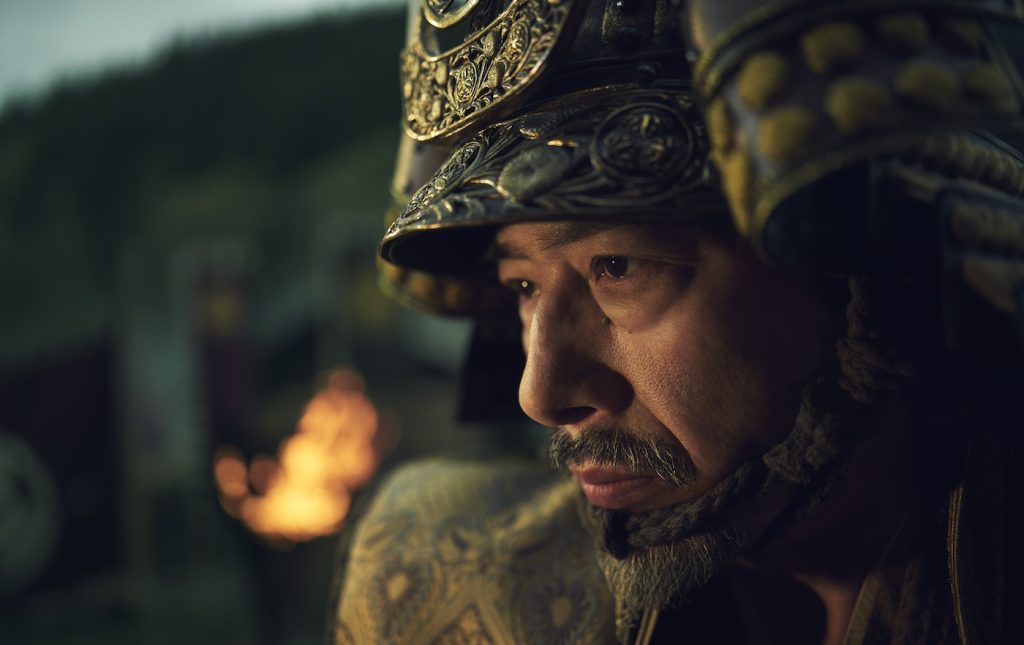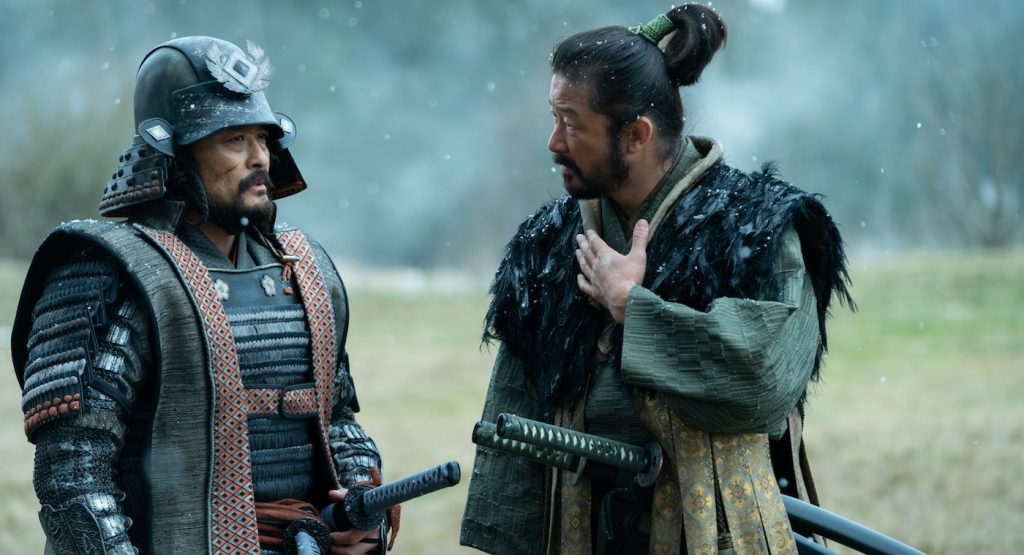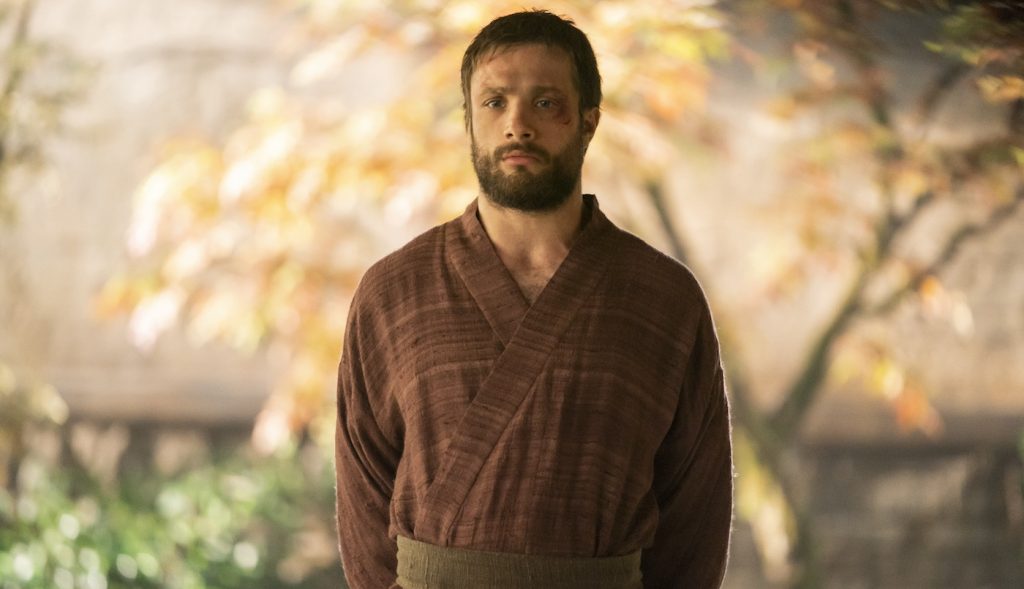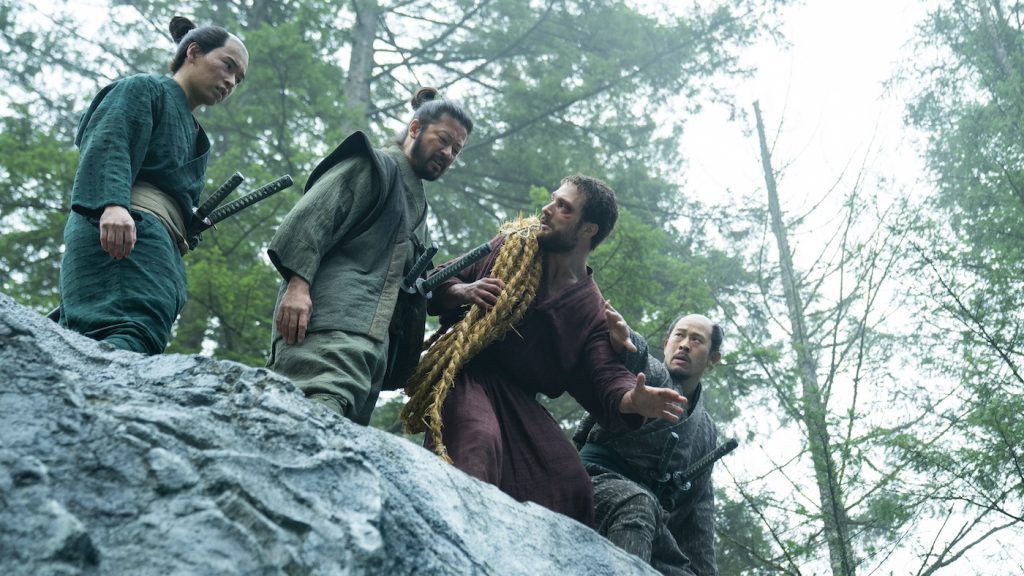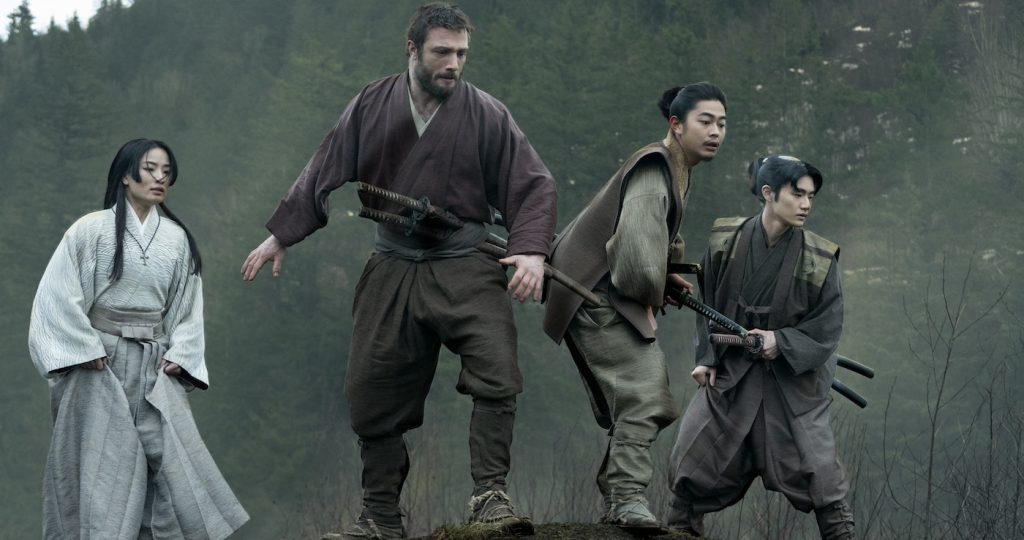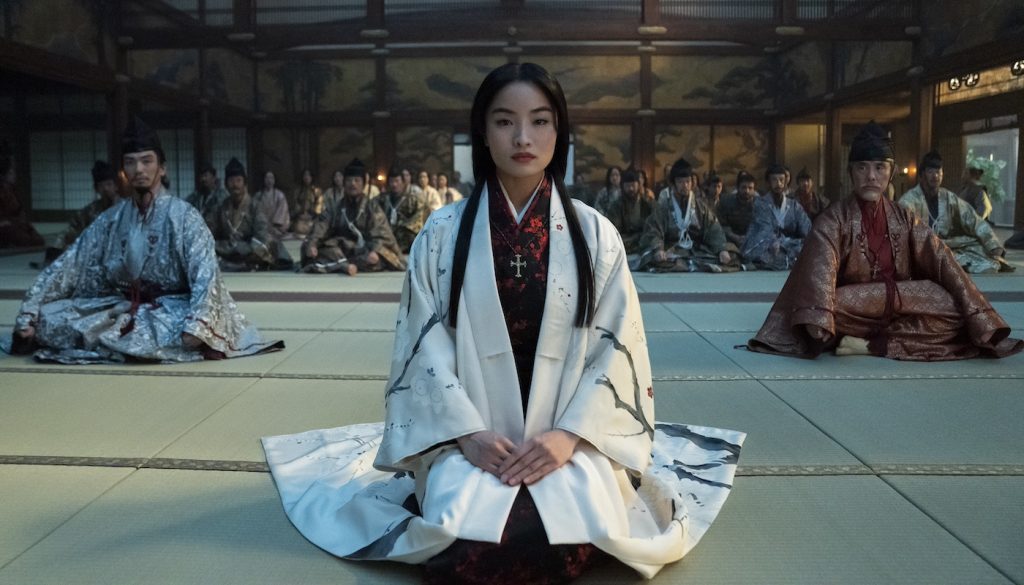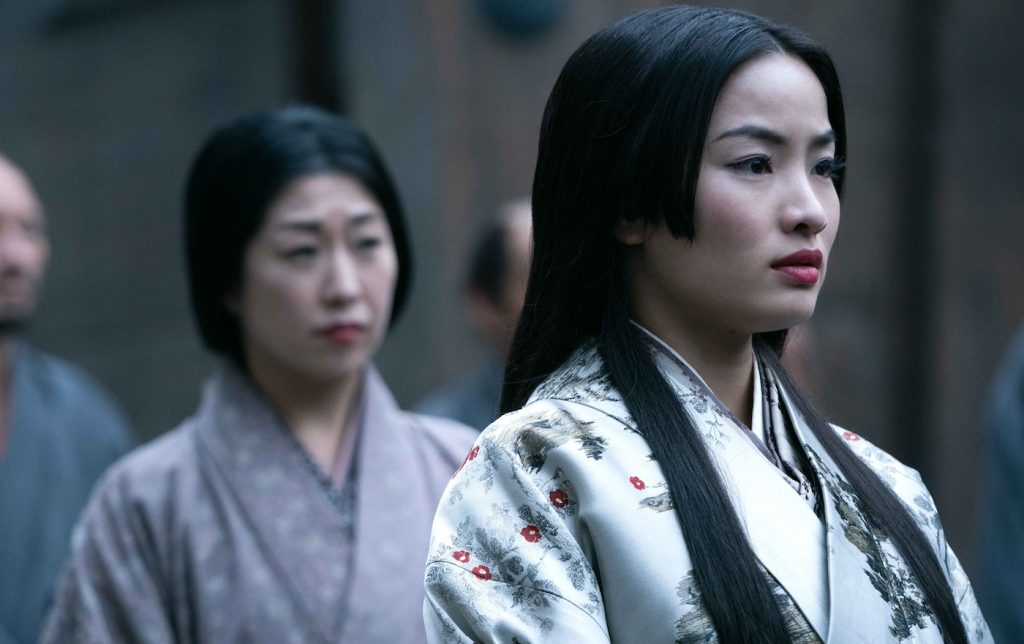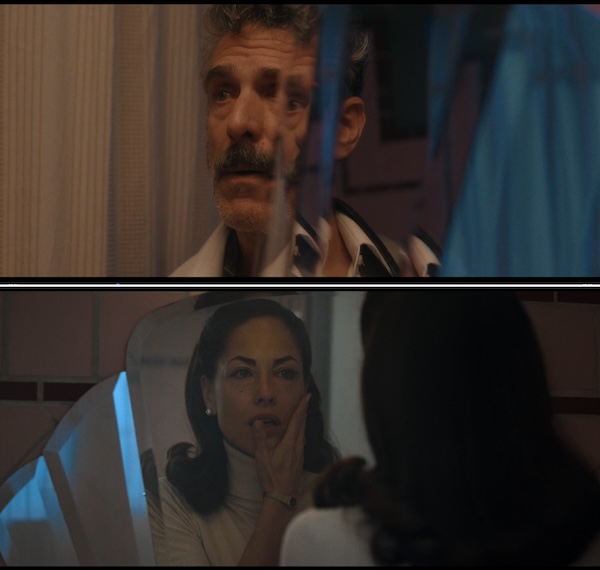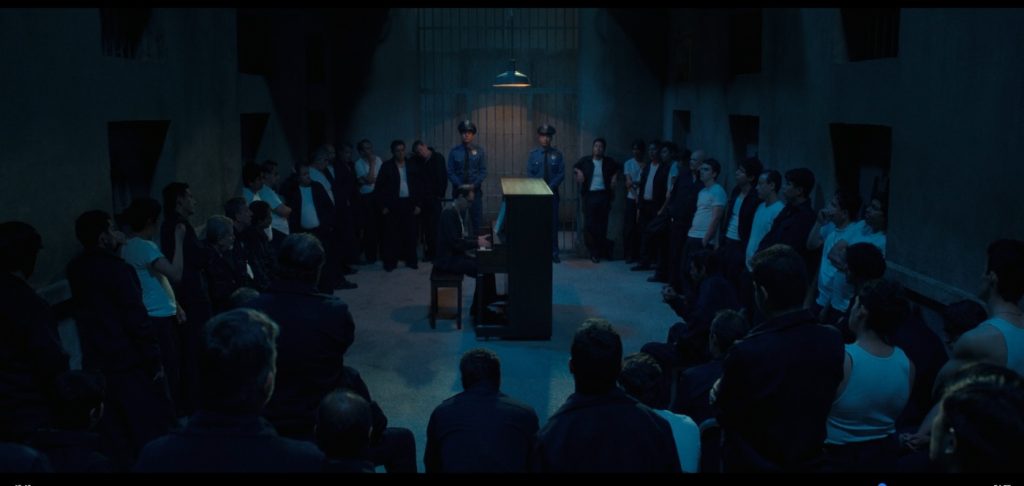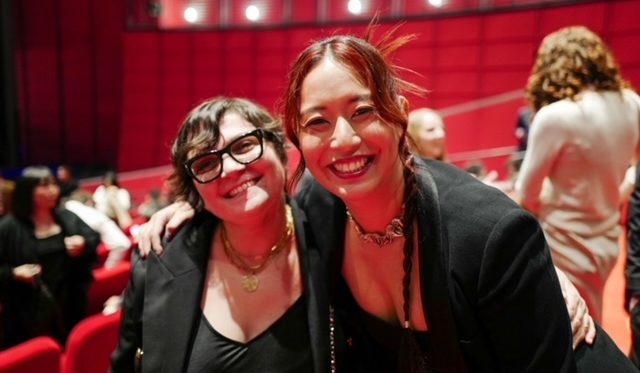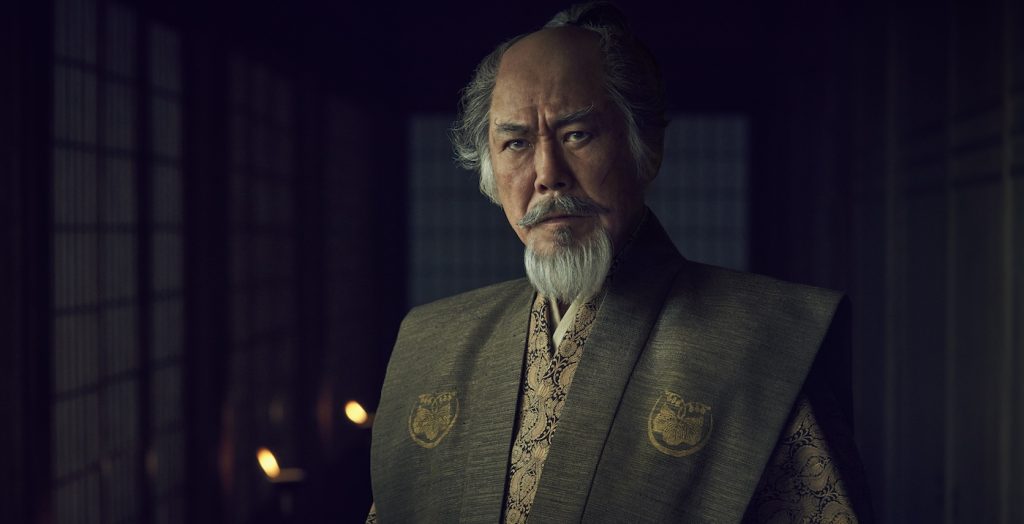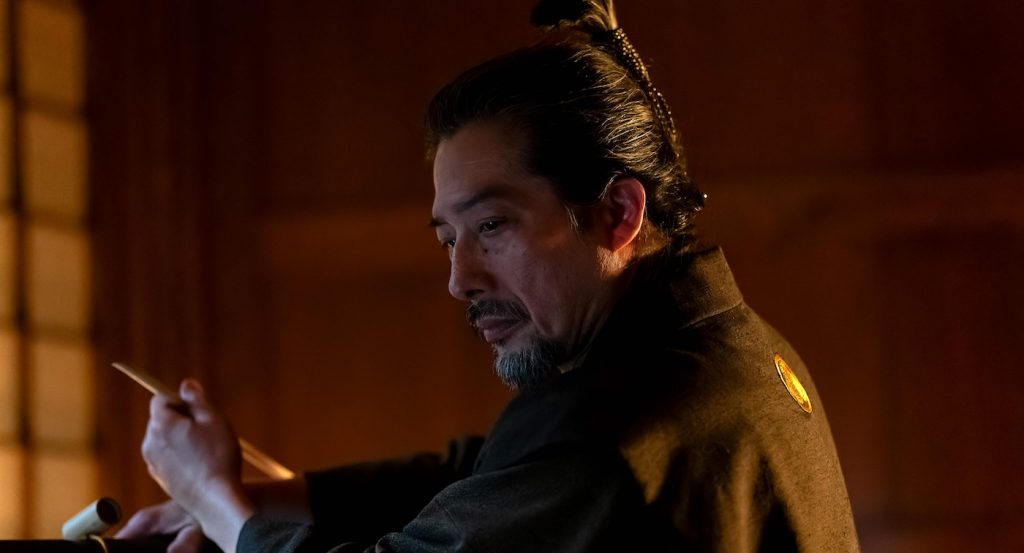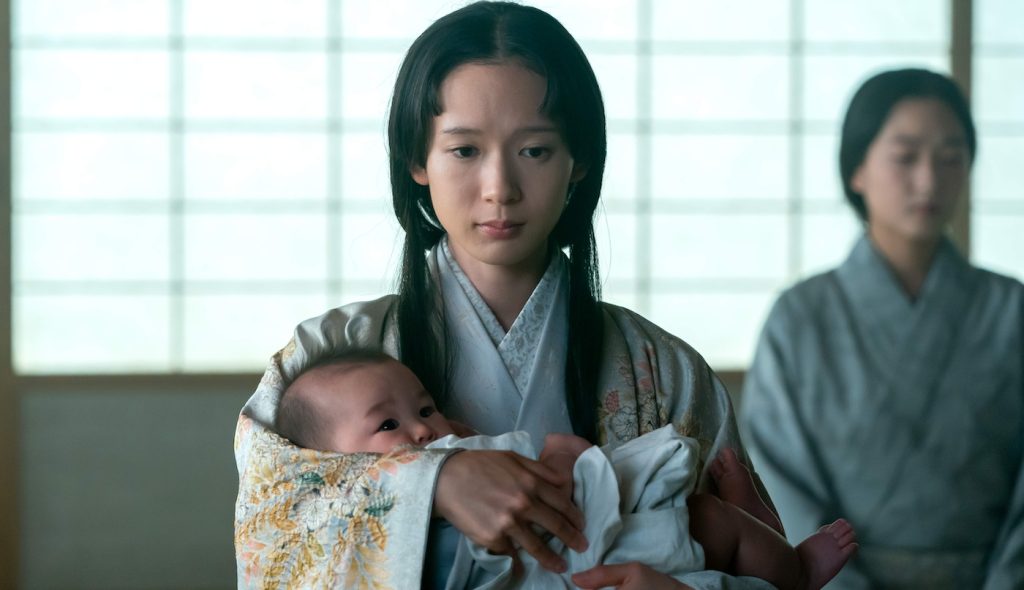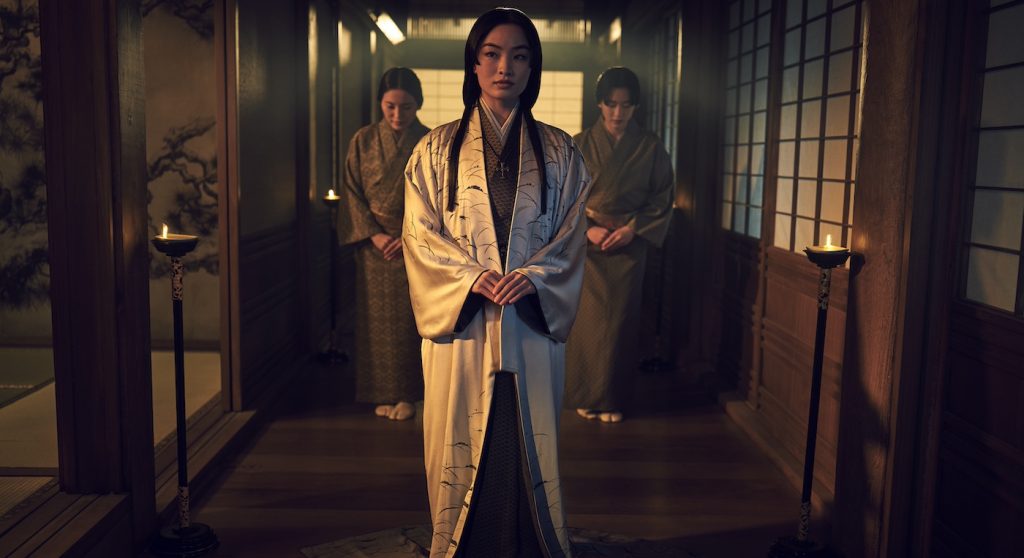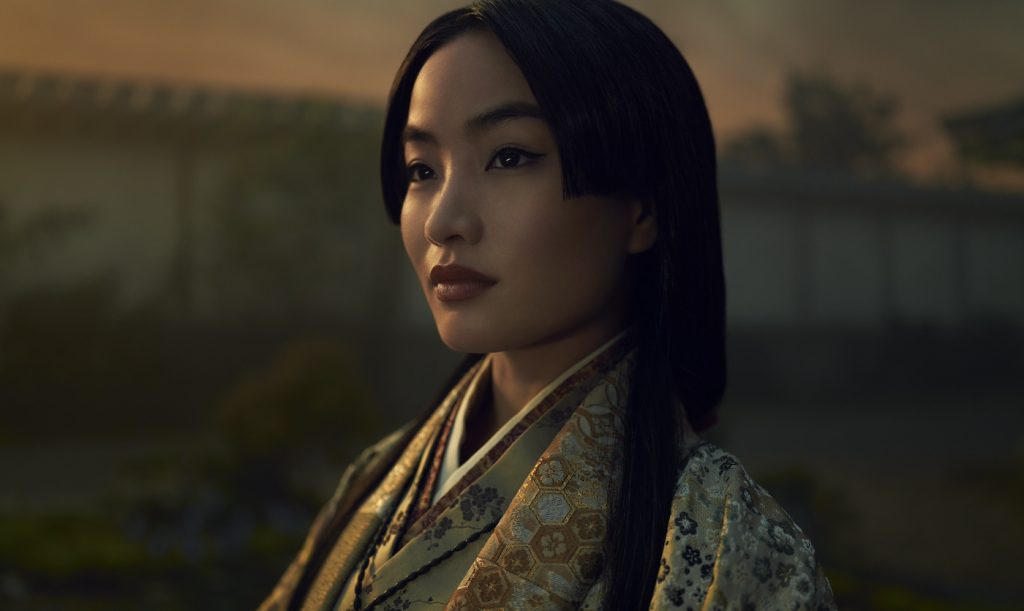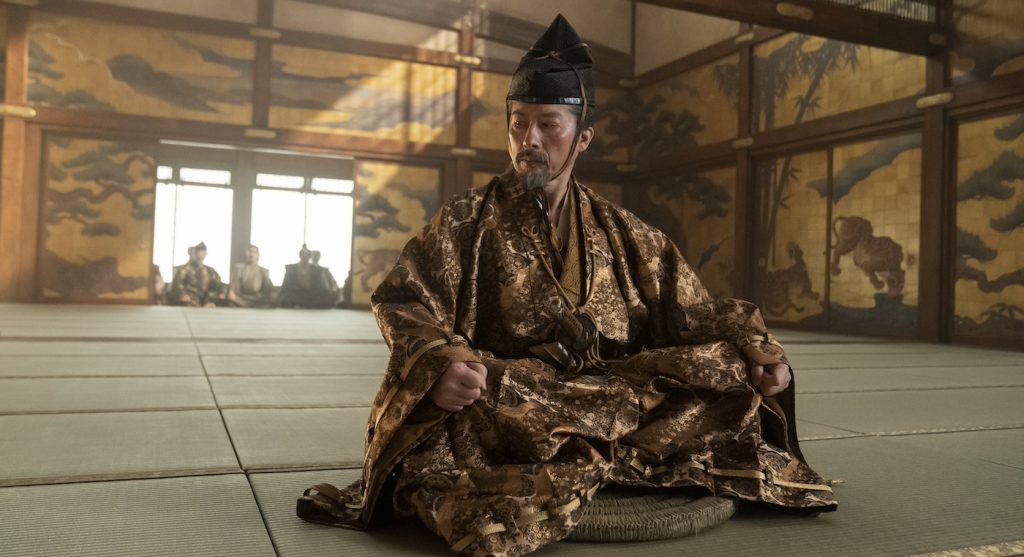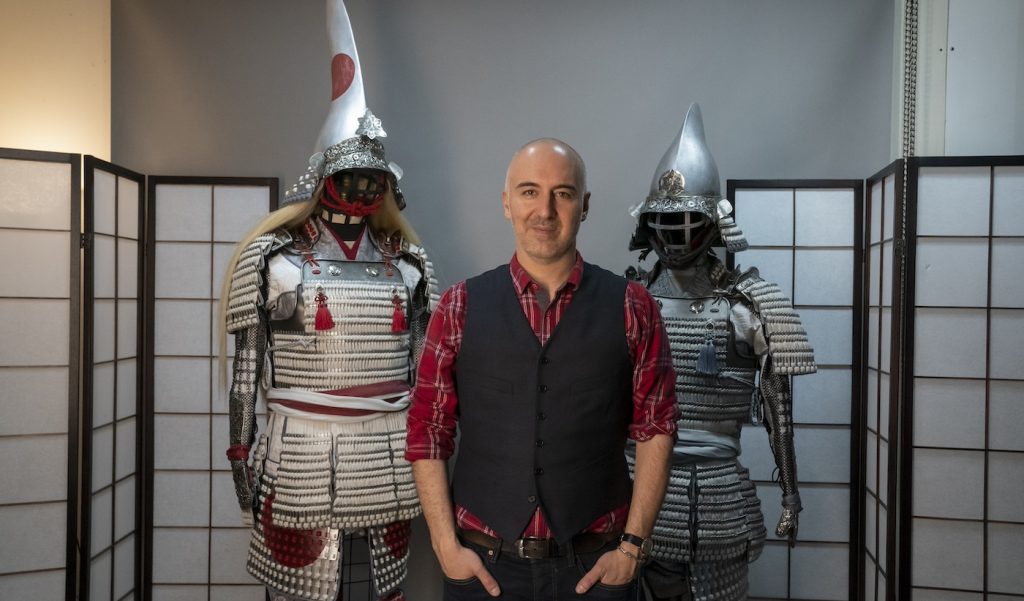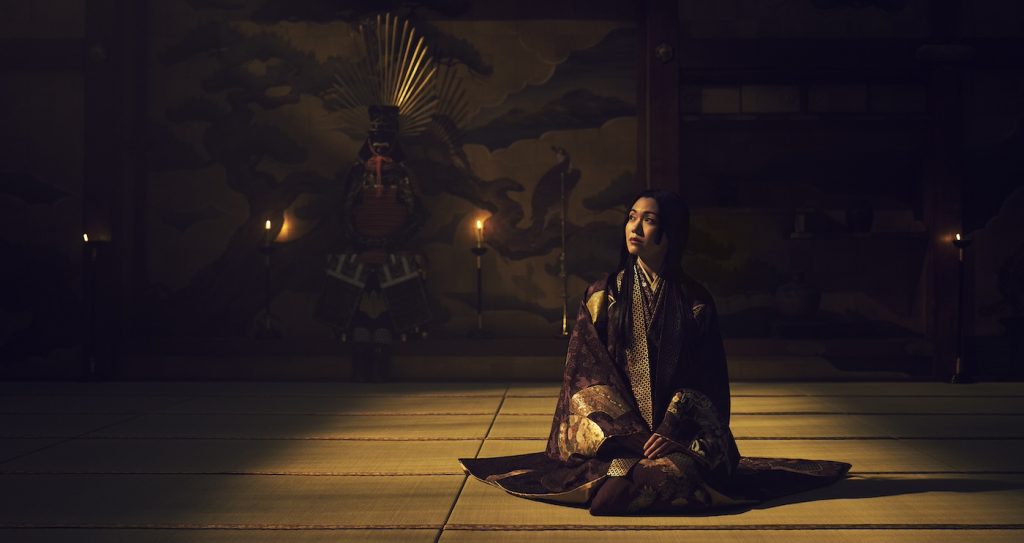Transformers One isn’t the first animated Transformers film, but it has achieved multiple firsts for the iconic franchise.
The science fiction action film is an origin story that focuses on the early relationship of Orion Pax and D-16, how they changed the fate of their home planet of Cybertron, and how they became Optimus Prime and Megatron, respectively. Directed by Josh Cooley, best known for helming Oscar-nominated Toy Story 4, the starry voice cast includes Chris Hemsworth voicing Orion Pax/Optimus Prime, Brian Tyree Henry voicing D-16/Megatron, Scarlett Johansson voicing Elita, Keegan-Michael Key voicing B-127, Steve Buscemi voicing Starscream, Laurence Fishburne voicing Alpha Trion, and Jon Hamm voicing Sentinel Prime.
Transformers One is Cooley’s first film since leaving Pixar, where he had spent his entire career until this project came his way. Here, the filmmaker discusses the parallels between the film’s lead characters and his own life growing up, the films that inspired him when making this, and the creation of the film’s sonic profile, from character voices to the iconic transformation sound.
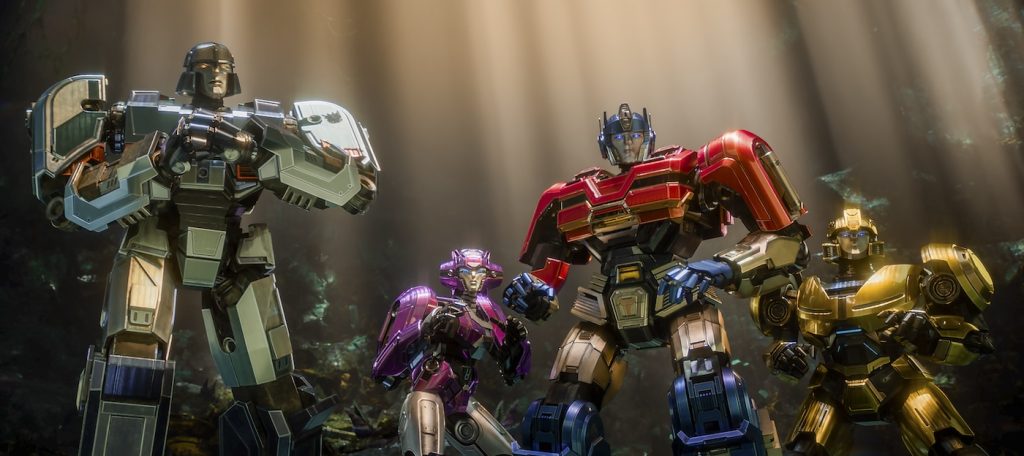
Transformers One is the most human Transformers movie, but it doesn’t have any humans in it. When did you realize that connection was translating from script to screen?
That was always the goal from the beginning and what got me on board. It was this relationship between these two characters that was very human and brotherly. I thought about my relationship with my brother and how I could bring that in. It’s not like we’re enemies, but we grew up together and then went down our different paths, but we’re still brotherly. I became a writer-director and live in a fantasy land, and he became a homicide detective who deals with reality, so we’re two very different mindsets. I have always been fascinated by the idea of two people who come from the same place but end up in different ones. From the very beginning, I was like, ‘That’s something I can relate to.’ Part of it was just to let them emote, which has been complicated with Transformers because Optimus Prime usually has a mask up. You can’t see his face. I made an effort to allow people to see these eyes and faces and allow them to see the thinking going on, making them even more human than ever.
Transformers One is both a prequel and a coming-of-age story, two things no filmmaker has previously explored. How did you approach that evolution?
It was built into this idea that they don’t have the ability to transform. Here are characters you know when they’re younger and can’t do the thing you like to see them do. Seeing that they would get this power along the way made it a story of them learning that things are not how they thought, and they had a chance to do something about it. That’s why there is a tone shift from the beginning of the film, where it’s a little lighter, things are fine, and then they start to learn the truth. It’s like, ‘Now it’s serious. Things are getting real.’
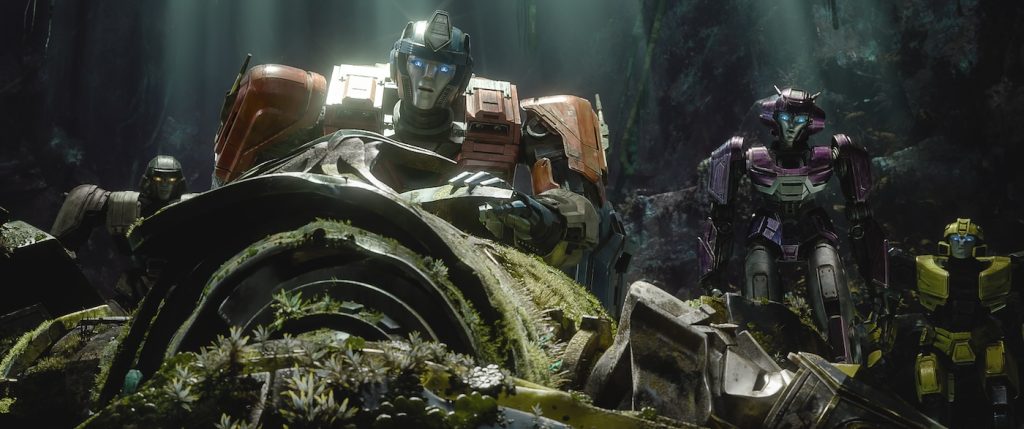
Have you watched specific films that inspired you to tell that story?
I looked at anything I could find that had that brotherly relationship. Professor X and Magneto had that relationship in X-Men, but I also looked like Ben Hur and The Ten Commandments. I like those older epics that explore that theme. Cybertron can be just as epic as Spartacus.
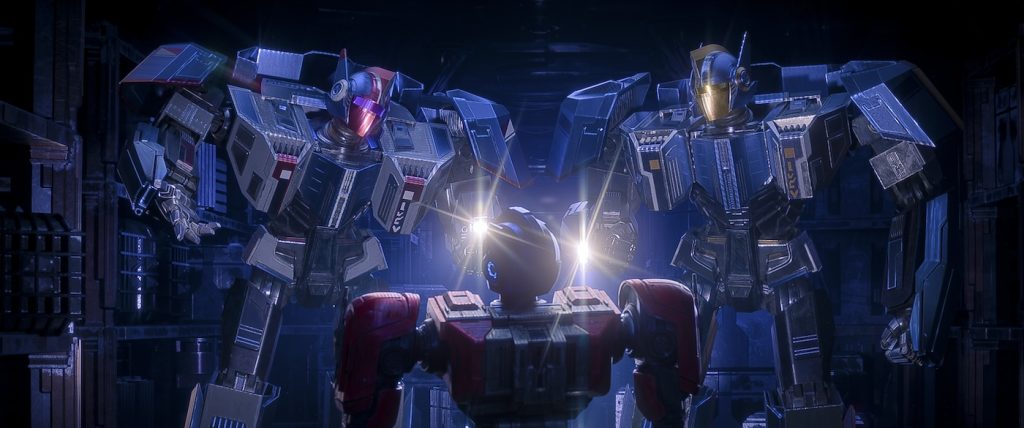
A di BONAVENTURA PICTURES Production A TOM DESANTO / DON MURPHY Production
A BAY FILMS Production “TRANSFORMERS ONE”
You mentioned the lighter tone at the beginning, but the movie’s opening differs greatly from the one you originally tried. What can you share about that?
We had a version where it was a black screen. All you see is a cog falling past the camera, and you realize we’re shooting down a hole. Then Optimus falls past the camera, falling to his death. The reverse shot was Megatron standing up; his eyes were red, and it was clear he had just killed Prime. At that point, a narration kicked in. It was a dark way to start the movie. It was too dark because anything after that wasn’t fun or funny. You had that feeling that it would not end well. This is a good thing about animation. You get to try different things, so we were like, ‘Let’s try it without that,’ and it worked much better.
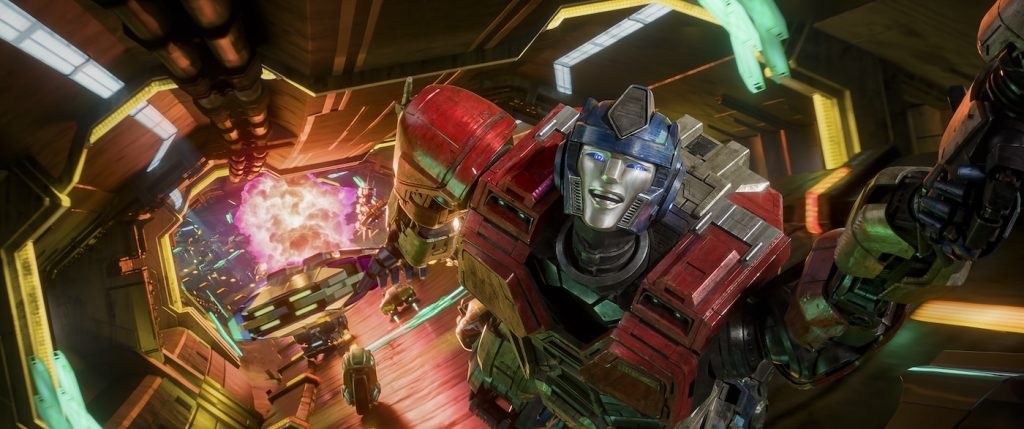
A di BONAVENTURA PICTURES Production A TOM DESANTO / DON MURPHY Production
A BAY FILMS Production “TRANSFORMERS ONE”
The choice of animation style adds so much to the movie. Transformers One finds that space between traditional animation and a hyperreal, almost anime style. How did you find that sweet spot?
Spider-Man: Into the Spider-Verse was the first film to really do that. I remember seeing the trailer and I was like, ‘Okay, this is incredible. The game has changed.’ It was phenomenal. Many studios are embracing that because the audiences are embracing it. I didn’t want it to feel like a 2D drawing, but with the subject matter being robots on their planet, it still needed to be believable. I kept telling the team I didn’t want it to feel realistic necessarily, but I wanted it to feel believable so you could actually touch it; it has weight to it. There’s real physics and real lighting affecting it. One of the things we did with Jason Scheier, the production designer, was to develop a look that still had a little bit of a handmade quality. It could be something as simple as the highlights on their metal. We looked at the work of J. C. Leyendecker, the painter from the 30s and 40s. His work looked featured strong, almost statuesque, humans. They had a very similar feel to a robot, and his highlights would be a glob of white paint, so we developed a look that was sort of handmade but still felt like you could actually touch it.
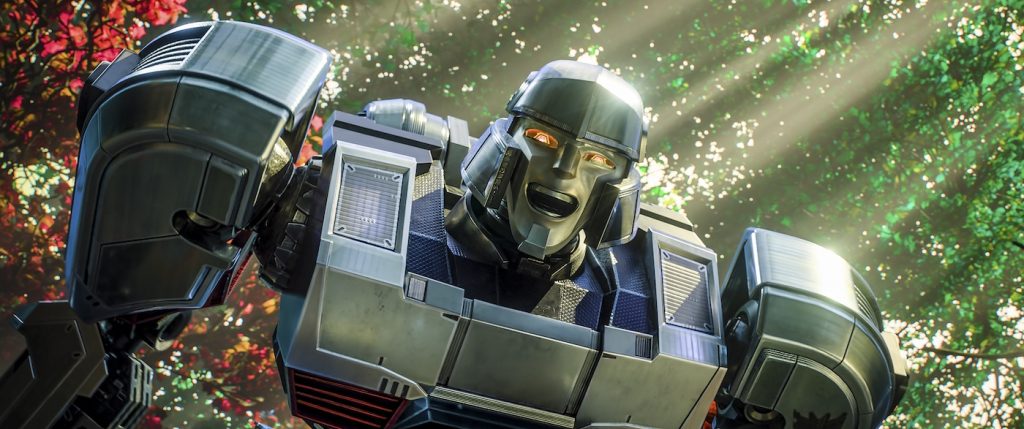
Transformers One is very different from what you did at Pixar. Was it refreshing to create something that was outside that traditional animation box?
Transformers One is the first time I’ve worked on a film with real intensity in terms of danger and violence. Ironically, it did feel like playing with toys because we would be working on these fight scenes, and it was important to me that it wasn’t just two guys hitting each other, but these are robots that transform. Even in the fights, they need to be transforming and either duck out of the way or transform in order to punch. Megatron even punches with his gun at one point. I wanted to use their transformation, almost like a superpower within the fight scenes, to make it like a dance.
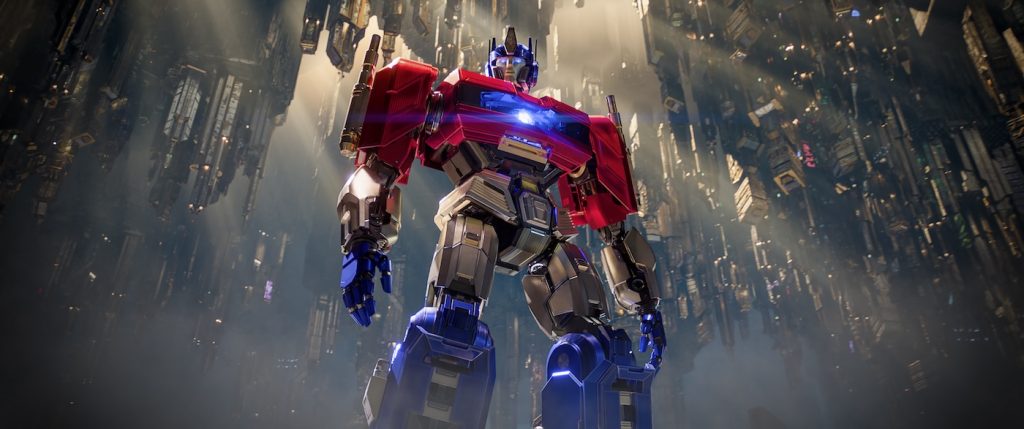
These are iconic characters. You’ve dealt with iconic characters previously in Toy Story 4. You inherited several voices there, but here, you got to assemble a whole new cast. You also had the legacy of the Transformers vocals that have come before. What were you looking for?
The big one was Optimus Prime because Peter Cullen is Optimus Prime. He was my Optimus Prime and still is. The thing that made me relax and realize we could do it is because the character is Orion Pax in this movie. He doesn’t have the knowledge, wisdom, strength, or power yet, so looking at casting, it was about asking, ‘Who could eventually become that?’ Hearing Chris Hemsworth’s voice, he’s got the depth and the weight, but he also has this real charm that is natural to him and a real sense of fun. Once I heard that, I was like, ‘I totally buy that this will happen. This is who will eventually become this wise character.’ It was the same thing with Megatron but also almost the opposite. I wanted him to sound like a normal guy. I wanted people to come into this movie not knowing he’s going to become a villain, and Brian Tyree Henry has this quality where he is friendly, and you want to hang out with them. I thought that if we could make them sound like friends and brothers in the beginning, it’d be really tragic knowing that they’re going to break up.
How did you create the film’s sonic identity? Two things instantly come to mind with Transformers One. One is the soundtrack, but there’s also the classic sound that accompanies them transforming.
Scott Gershin was our sound designer, and one thing we discussed with him early on was that these are metal characters on a metal planet. I didn’t want it to sound like pots and pans banging around for 90 minutes, and he totally got that. He had just finished working on Guillermo del Toro’s Pinocchio and had the same issue with wood. It’s a subtle thing with the transformation sound. When they first transform in the film, we actually don’t use that sound. He created very similar sounds, but it’s not until the very last shot when Prime transforms and runs to the camera, that you hear the way we’re used to hearing it. There’s not just an evolution of the voices in the film but also the sound of that transformation. Brian Tyler composed our soundtrack, and he’s amazing. He hit exactly what I wanted: an epic score that didn’t sound like it was from Earth. He nailed it in a way I don’t even know how to explain. When I first heard it, I said, ‘You found the soul of the movie.’
Transformers One is in theaters now.
For more films and series from Paramount and Paramount+, check out these stories:
“Sonic the Hedgehog 3” Trailer Shines a Light on Keanu Reeves’ Shadow
“The Daily Show’s” Emmy-Nominated Director David Paul Meyer on Jon Stewart’s Return
Michelle Pfeiffer Set to Lead “Yellowstone” Sequel Series
Featured image: Chris Hemsworth (Orion Pax/Optimus Prime), left, and Brian Tyree Henry (D-16/Megatron) star in PARAMOUNT ANIMATION and HASBRO Present In Association with NEW REPUBLIC PICTURES. A di BONAVENTURA PICTURES Production A TOM DESANTO / DON MURPHY Production. A BAY FILMS Production “TRANSFORMERS ONE”



